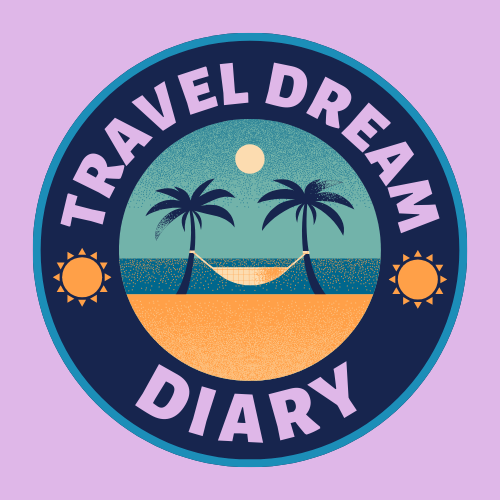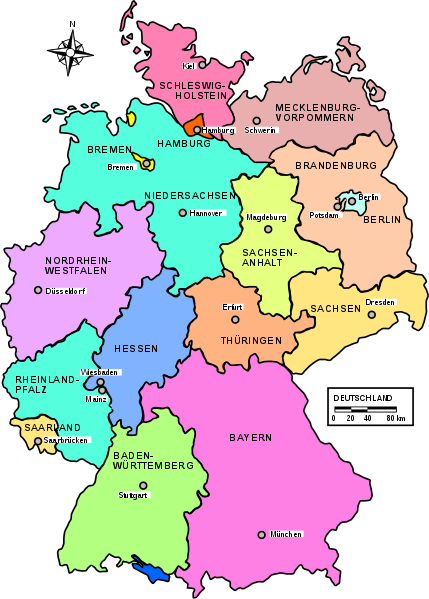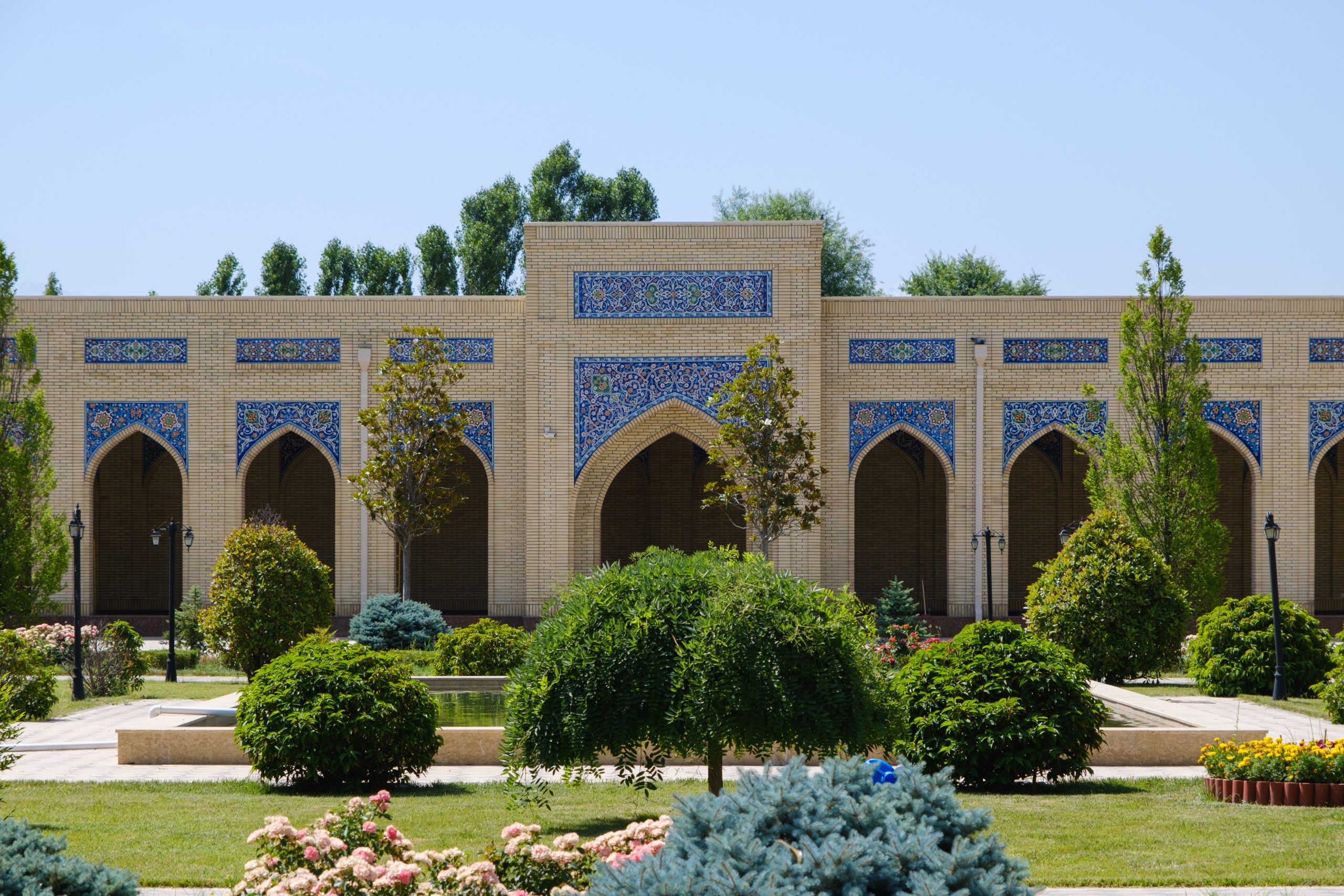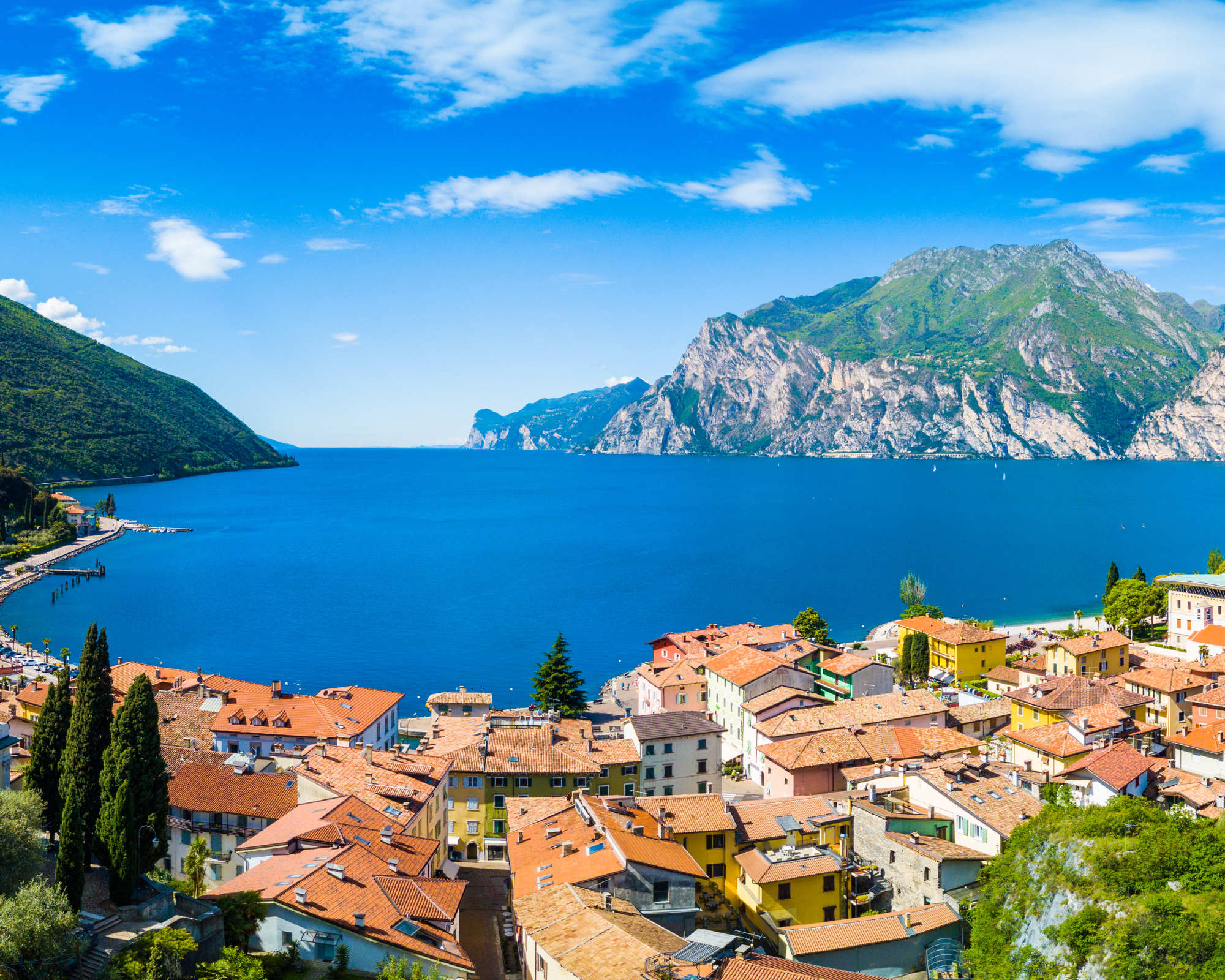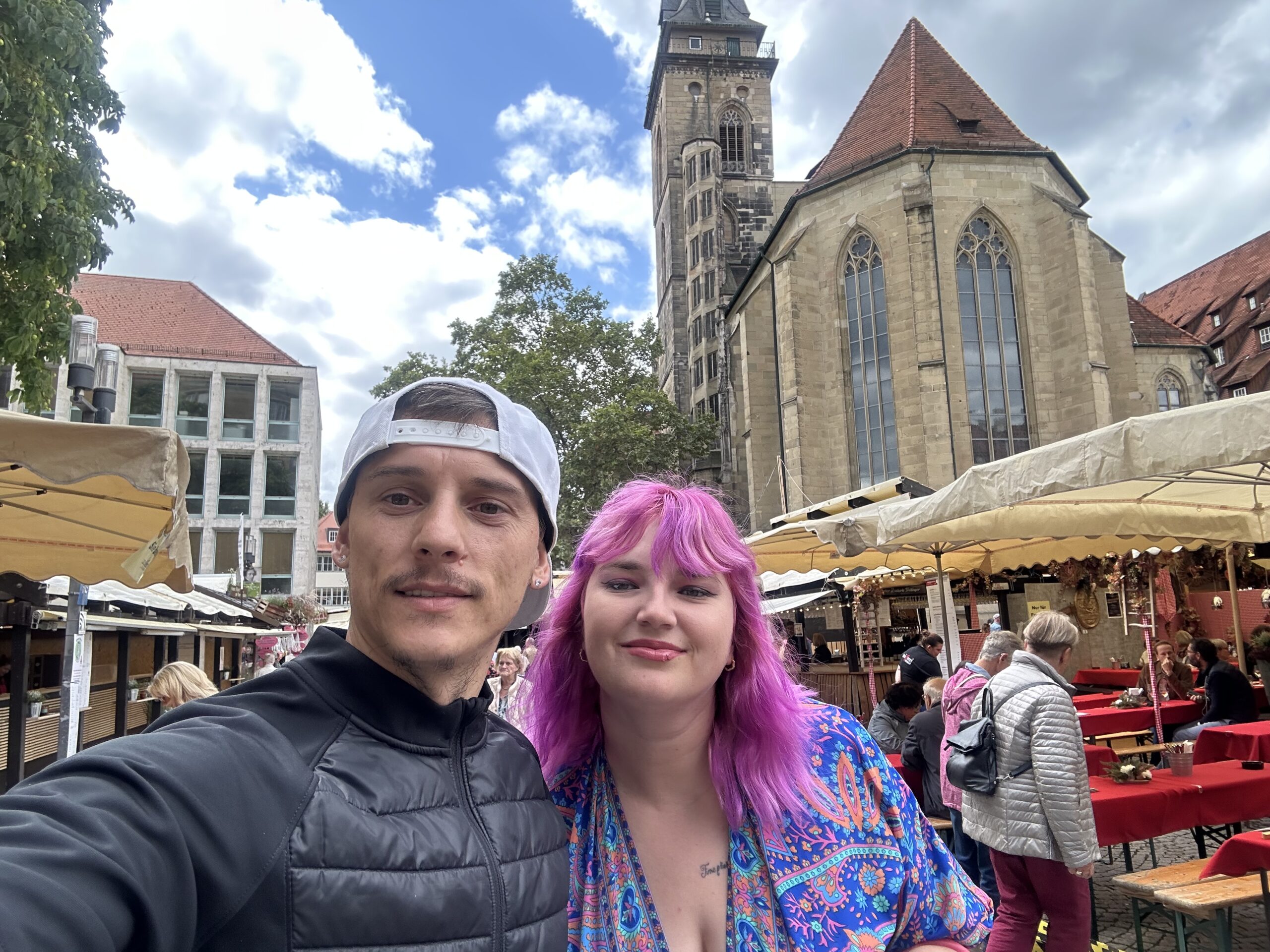
Unveiling Stuttgart, Ulm, Augsburg: From Castles To Modern Cars
Unveiling Stuttgart,Ulm,Augsburg:From Castles to Modern Cars
We departed Munich, Germany, almost eleven years ago. We have been able to explore a lot of this amazing country thus far; in addition to the major tourist destinations, we have also seen picturesque lakes and waterfalls. In addition to this overview of Germany, we also wrote on each city, lake, and small town we visited, as well as suggestions for German restaurants. We encourage you to browse the other articles about Germany if you’d like more information about these stunning locations.
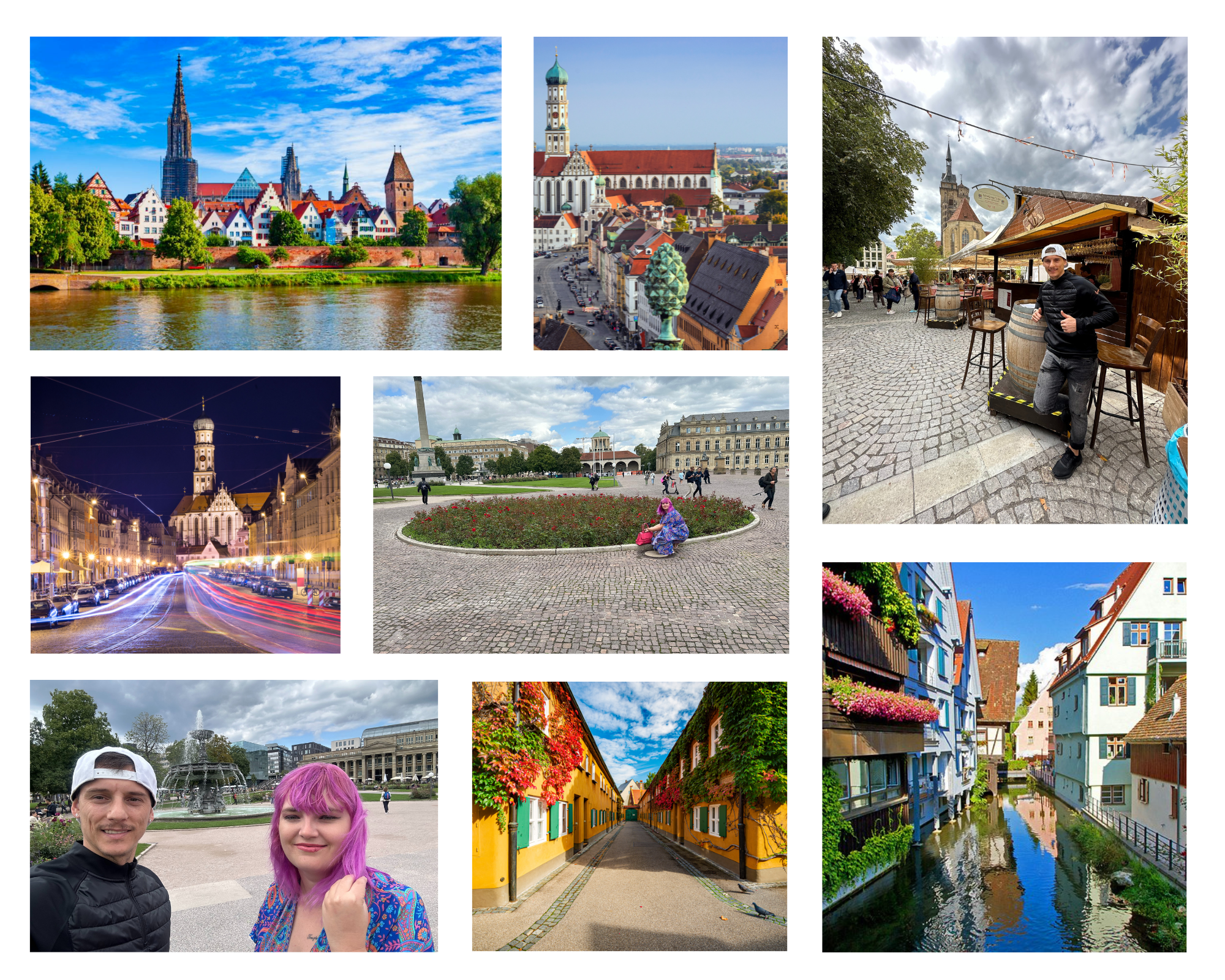
Source : Traveldreamdiary.com
Informations
The capital of the Baden-Württemberg state in southwest Germany, Stuttgart, is well-known as a center of manufacturing. This is home to Mercedes-Benz and Porsche’s corporate offices and museums. The center of the city is encircled by a network of green spaces. Killesbergpark, Rosensteinpark, and Schlossgarten are a few of the well-known parks. Rosenstein Castle is located directly northeast of Wilhelma, one of Europe’s biggest zoos and botanical gardens.
Language: The official language is German.
Currency: Euro
Food Prices: Meal in a cheap restaurant=14 EUR, Meal for 2 People, Mid-range Restaurant=50 EUR
You can find more information about the visa here.
Notice: Several of the links below are affiliate links, which means that if you click over and make a purchase, I will get a commission at no extra cost to you. Here is a link to our complete affiliate disclosure.
Things to do
Mercedes-Benz Museum
Stuttgart, Germany is home to the Mercedes-Benz Museum, a museum dedicated to automobiles. It discusses the background of the Mercedes-Benz brand and its related brands. The Mercedes-Benz Group’s global headquarters and the Mercedes-Benz brand are both located in Stuttgart. UN Studio created the existing structure, which is located right outside the Stuttgart Daimler factory’s main entrance. It is based on a novel cloverleaf idea that creates a triangular atrium resembling the shape of a Wankel engine by overlapping three circles and removing the middle.On May 19, 2006, the building was finished and opened. Exhibition designer HG Merz was already commissioned before to the 2001 architecture competition, demonstrating the intimate relationship between architecture and exhibition concept.
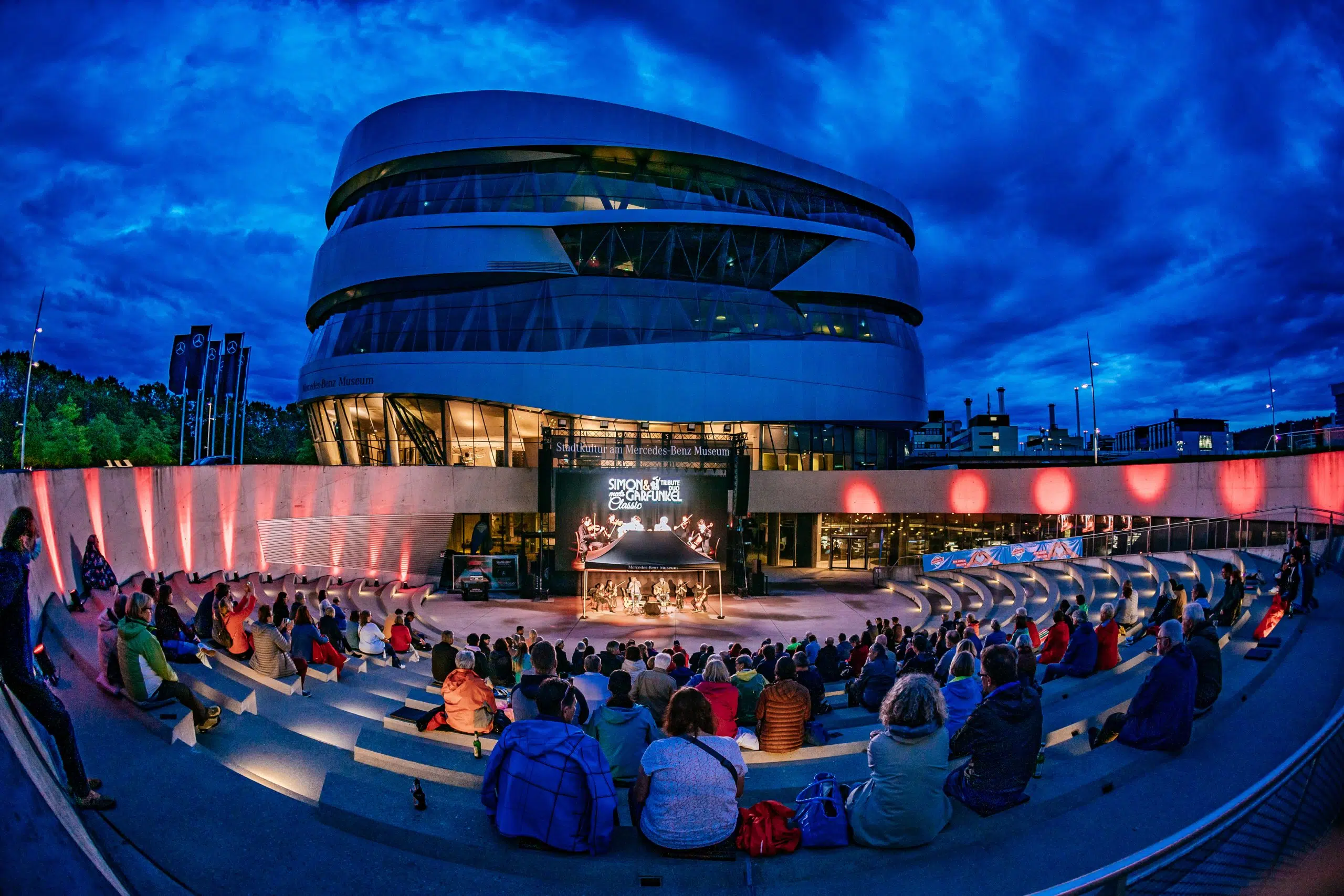
Source : Facebook
Porsche Museum
Located on the Porsche factory site in Stuttgart, Germany’s Zuffenhausen neighborhood, lies the Porsche Museum, an automotive museum.In 1976, the first Porsche museum opened its doors on a side street close to the Porsche factory. It was a modest museum of works that could only accommodate about 20 exhibitions (in rotation) and had limited parking.With 300 restored cars, many of which are in immaculate shape and are still in full working order, Porsche designed the museum to be a sort of “rolling museum” with changing exhibits. At first, it was discussed that the new museum would be constructed in Stuttgart’s Killesberg neighborhood next to a new Mercedes-Benz museum on the site of a former trade show.[Reference required] Porsche proceeded with plans to renovate and expand its museum in the northern Zuffenhausen neighborhood, close to the corporate headquarters, following the opening of the new Mercedes-Benz Museum in the east of Stuttgart in 2006. Days before the official opening ceremony on January 29, 2009, it was confirmed that the actual costs had exceeded the initial budget of 60 million euros.In 2003, work on the new Porsche Museum idea got underway. A permanent display was designed, and a storyboard with pertinent themes, exhibits, and their presentation was created.
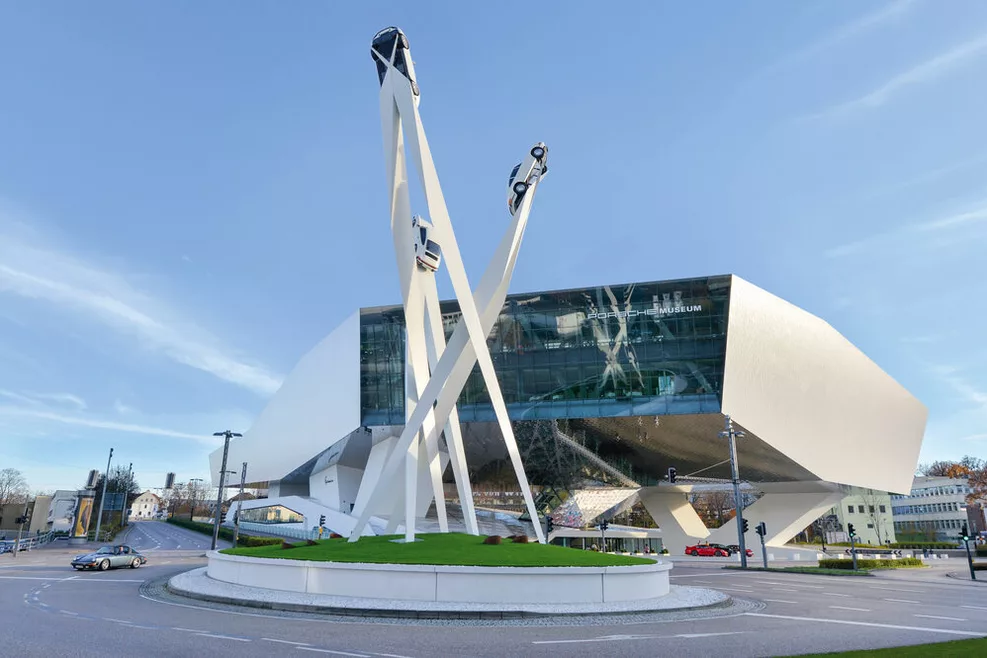
Source : Facebook
Wilhelma
Wilhelma is a zoological-botanical park situated on the grounds of a historic castle in the Bad Cannstatt neighborhood of Stuttgart, southern Germany. With over 2 million visitors a year, Wilhelma Zoo is one of Baden-Württemberg’s most visited tourist attractions. Since 1846, the zoo and botanical garden have had employees. Since 1960, the Alhambra’s Moorish Revival architectural style has been preserved and enhanced. Today, the zoo occupies approximately 30 hectares (0.30 km2), is home to over 11,500 animals from 1,200 species worldwide, and contains about 6000 plants from all climates.Wilhelma’s collection is second only to the Berlin Zoological Garden among German zoos.
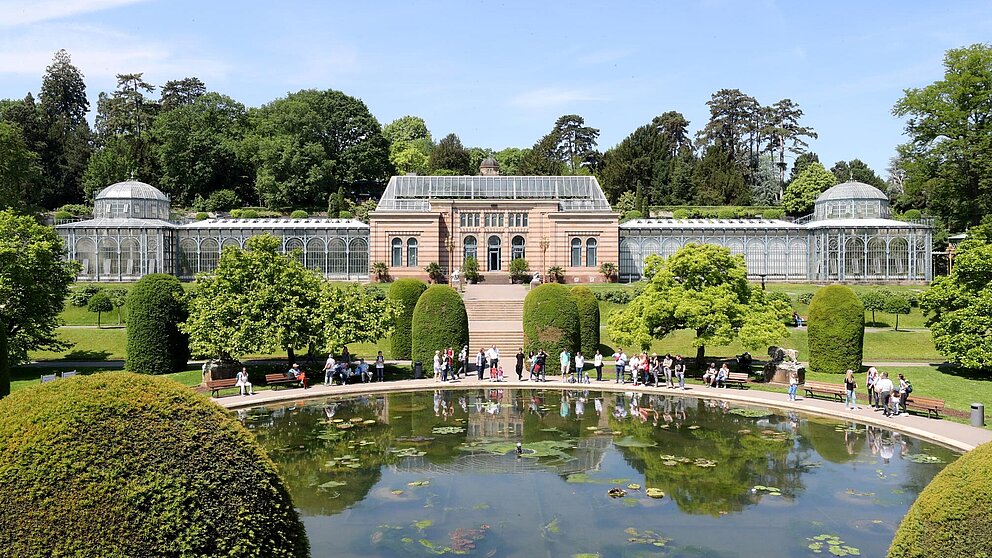
Source : Facebook
Stuttgart TV Tower
The Stuttgarter Fernsehturm is a 216.6-meter-tall observation and television tower located atop the Hohen Bopser mountain in the Baden-Württemberg capital city of Stuttgart. Errichtet in vertikaler Kragarmbauweise, der 1956 eröffnete Turm wurde zum Wahrzeichen der Stadt und markiert, both baulich wie architektonisch, den Anfang einer neuen Ära im Turmbau, da er als erste seiner Art aus Stahlbeton besteht und einen vom Schaft auskragenden Turmkorb unterhalb der Antenne besitzt.In addition to the architectural innovation, the profitable use of a restaurant business and a viewing platform prepared the way for a global construction boom. He became a symbol of the South German radio station, demonstrating his responsibility as both an operator and an owner. Owing to his outstanding architectural significance, he was awarded an architecturpreis in 1959 and the title of “Historicals Wahrzeichen der Ingenieurbaukunst in Deutschland” by the Bundesingenieurkammer in 2009. In addition, he was included to the List of Cultural Denkmäler in 1986.
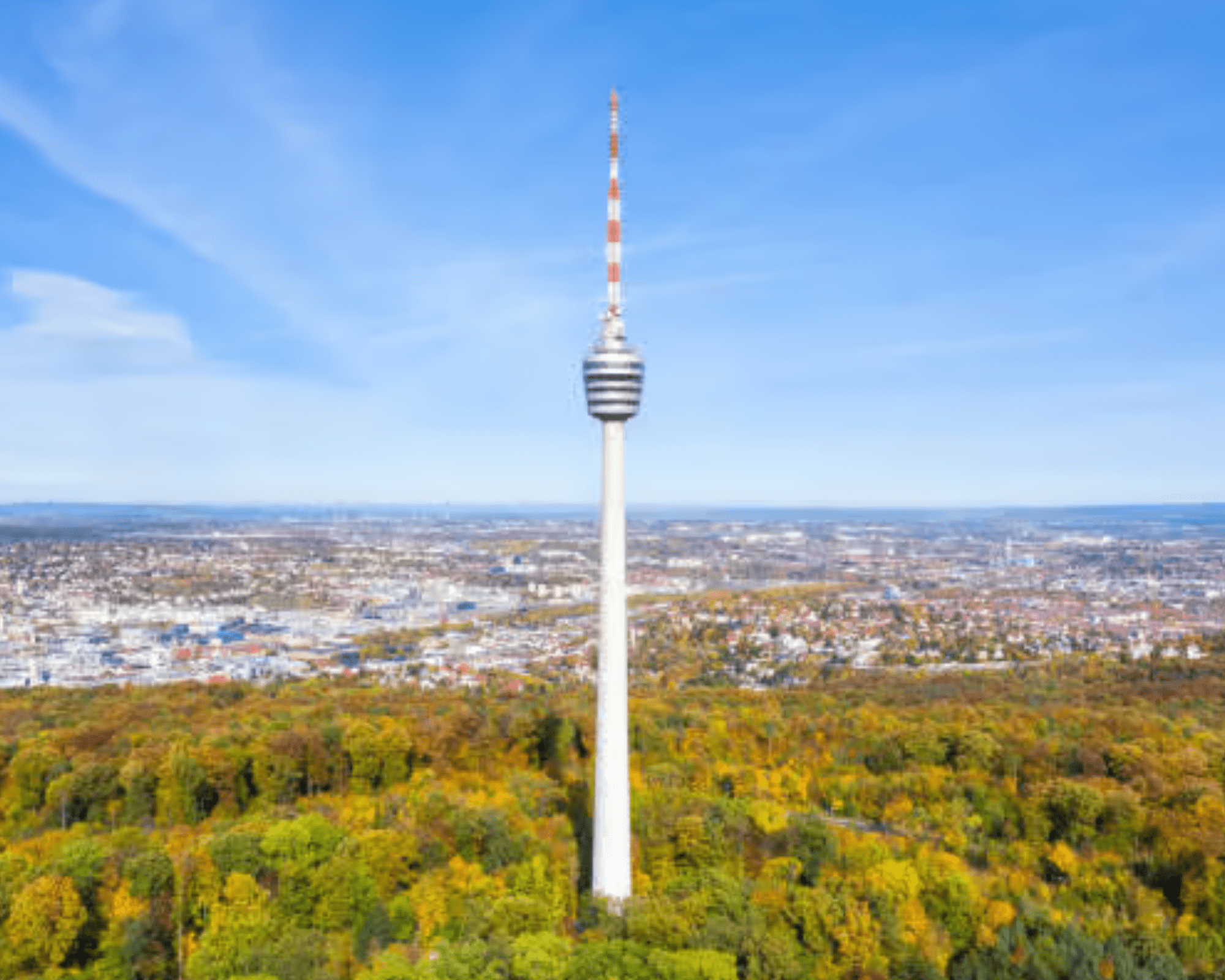
Source : Facebook
Staatsgalerie Stuttgart
Established in 1843, the Staatsgalerie Stuttgart (also known as the “State Gallery”) is a museum of art located in Stuttgart, Germany. The once regional gallery became one of Europe’s top museums in 1984 with the opening of James Stirling’s Neue Staatsgalerie (New State Gallery).The Royal Art School was once housed in the Alte Staatsgalerie’s classicist structure. In 1843, the structure was constructed. It was restored in 1945–1947 after suffering significant damage during World War II, and it reopened in 1958.
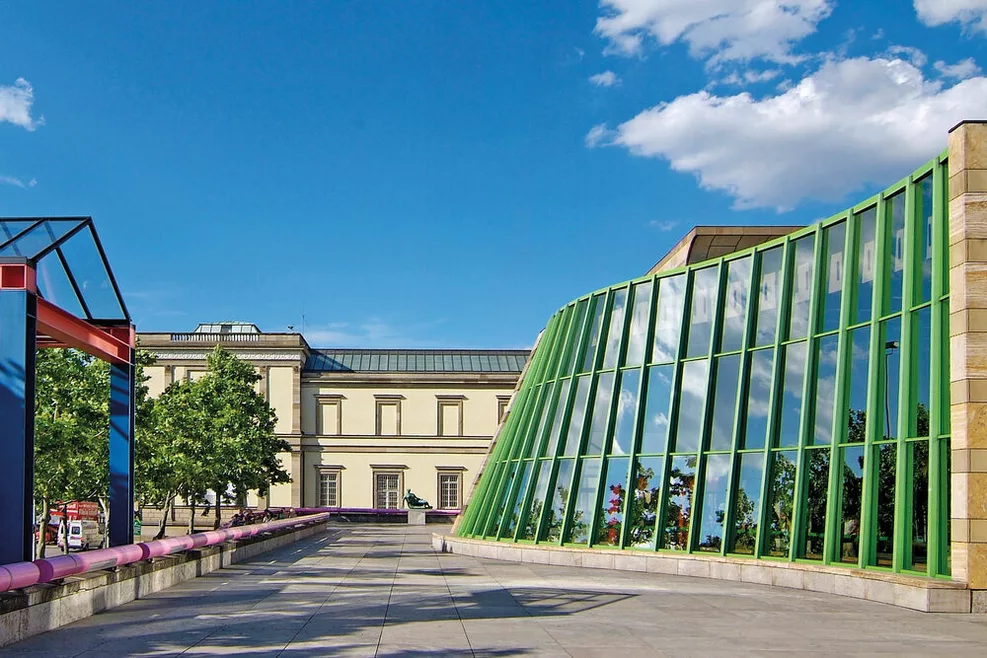
Source : Facebook
Killesberg Park
The 40-meter-tall Killesberg Tower, also known as the “Killesbergturm” in German, is an observation tower situated in Stuttgart, Germany’s Killesberg Park.Originally scheduled for the World Horticultural Exposition in 1993, it wasn’t erected until 2001, eight years later, due to a design hiccup.An observation tower was already planned for the German Horticultural Exposition in 1939. In 1950, it was finally built and given the name Zaiser Tower in honor of the corporation that provided the funding. A radio transmitter was installed on its tip. Due to the inability to raise the required finances for rehabilitation, the Zaiser Tower was dismantled in 1974.
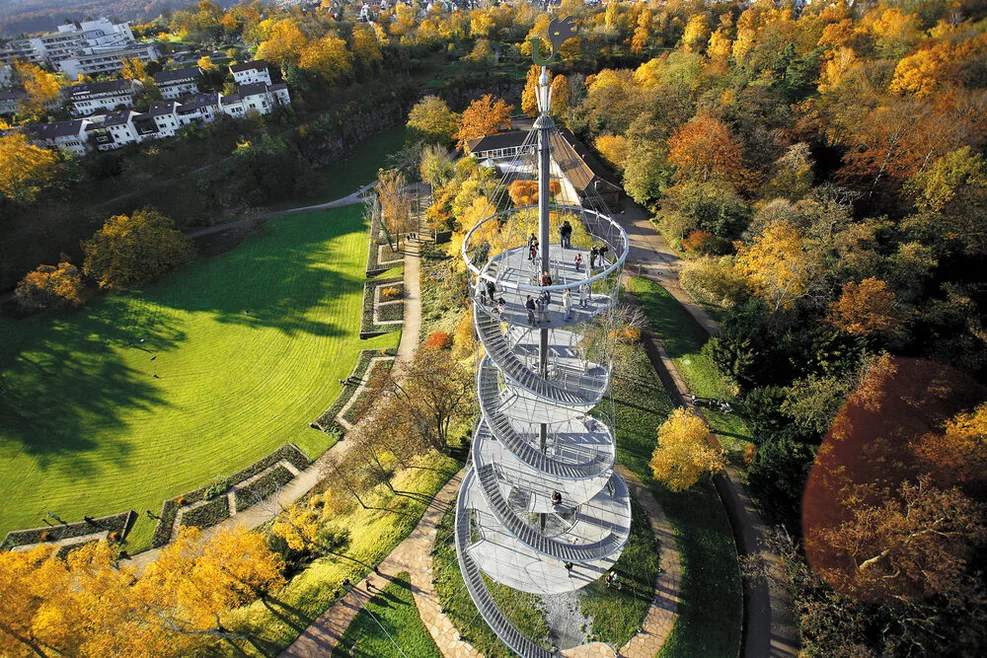
Source : Facebook
Schlossplatz Stuttgart
The square splits Königstraße, the main pedestrian area in Stuttgart, into two sections: the higher Königstraße runs toward Rotebühlplatz, and the lower Königstraße runs toward the main train station. Königstraße is roughly 1.2 km long.At a right angle to Königstrasse (Richard von Weizsäcker) Planie is the southern side of the square.This street, which connects the Schloßplatz past Karlsplatz to Charlottenplatz, where it flows into the federal roads running there, is congested during rush hour in the Schloßplatz region.It should be observed that several of the straight street axes in the city center—including the sides of the plaza and the front of the New Palace—do not precisely match with the cardinal points.Königstrasse runs north-northeast to the major rail station from its upper terminus in the south.
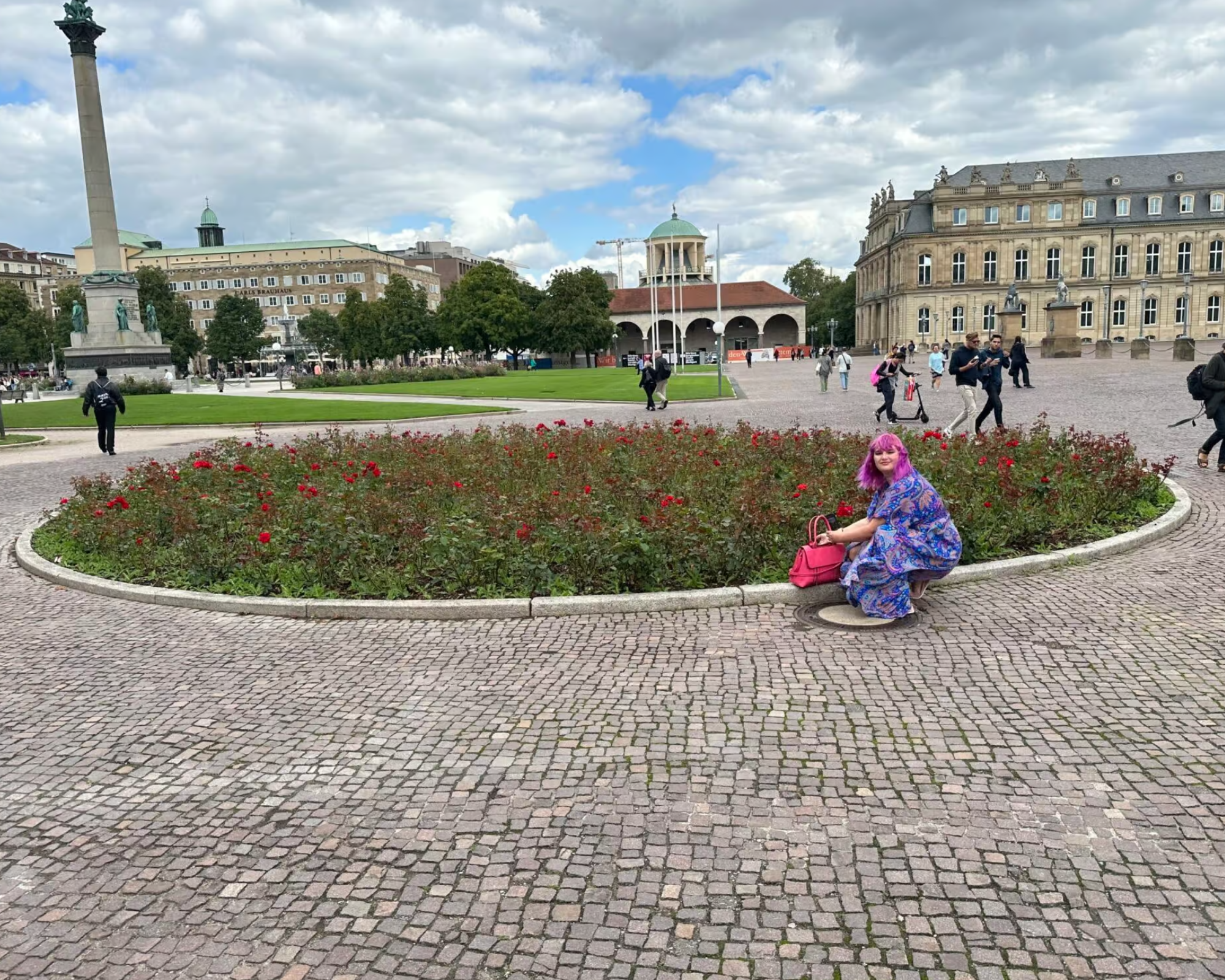
Source : Traveldreamdiary.com
Castle Solitude
Charles Eugene, Duke of Württemberg, commissioned the Rococo schloss and hunting retreat known as Solitude Palace (German: Schloss Solitude). Philippe de La Guêpière and Johann Friedrich Weyhing planned it, and it was built between 1764 and 1769. It is situated in Baden-Württemberg on an extended hill between the towns of Stuttgart, Gerlingen, and Leonberg.In 1737, at the age of nine, Charles Eugene von Württemberg succeeded his father, Charles Alexander, as Duke of Württemberg. Prior to Charles Eugene’s attainment of majority at the age of sixteen in 1744, the Duchy of Württemberg was governed by a regency council . His rule would be characterized by excess, political unrest, and economic hardship.
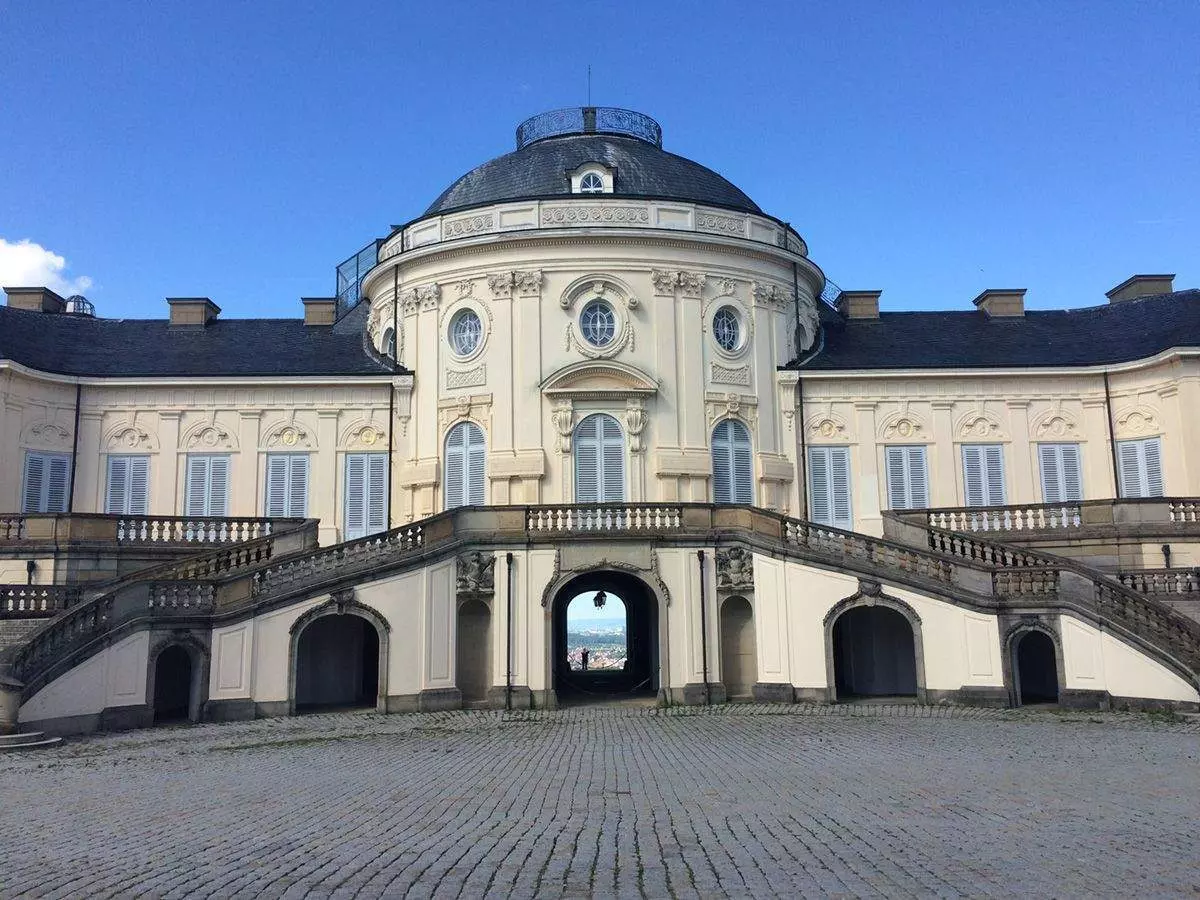
Source : Traveldreamdiary.com
Sepulchral Chapel
The Württemberg Mausoleum is a mausoleum in Stuttgart’s Rotenberg neighborhood of Untertürkheim, situated on the Württemberg. Giovanni Salucci created the design for King William I of Württemberg to contain the remains of Catherine Pavlovna of Russia, his second wife. Four years passed between 1820 and 1824 for construction, and another four years were spent on its decoration. The tomb contains the remains of William I, Catherine, and their daughter Maria Friederike Charlotte. In 2018, about 40,000 individuals came to see the Mausoleum.
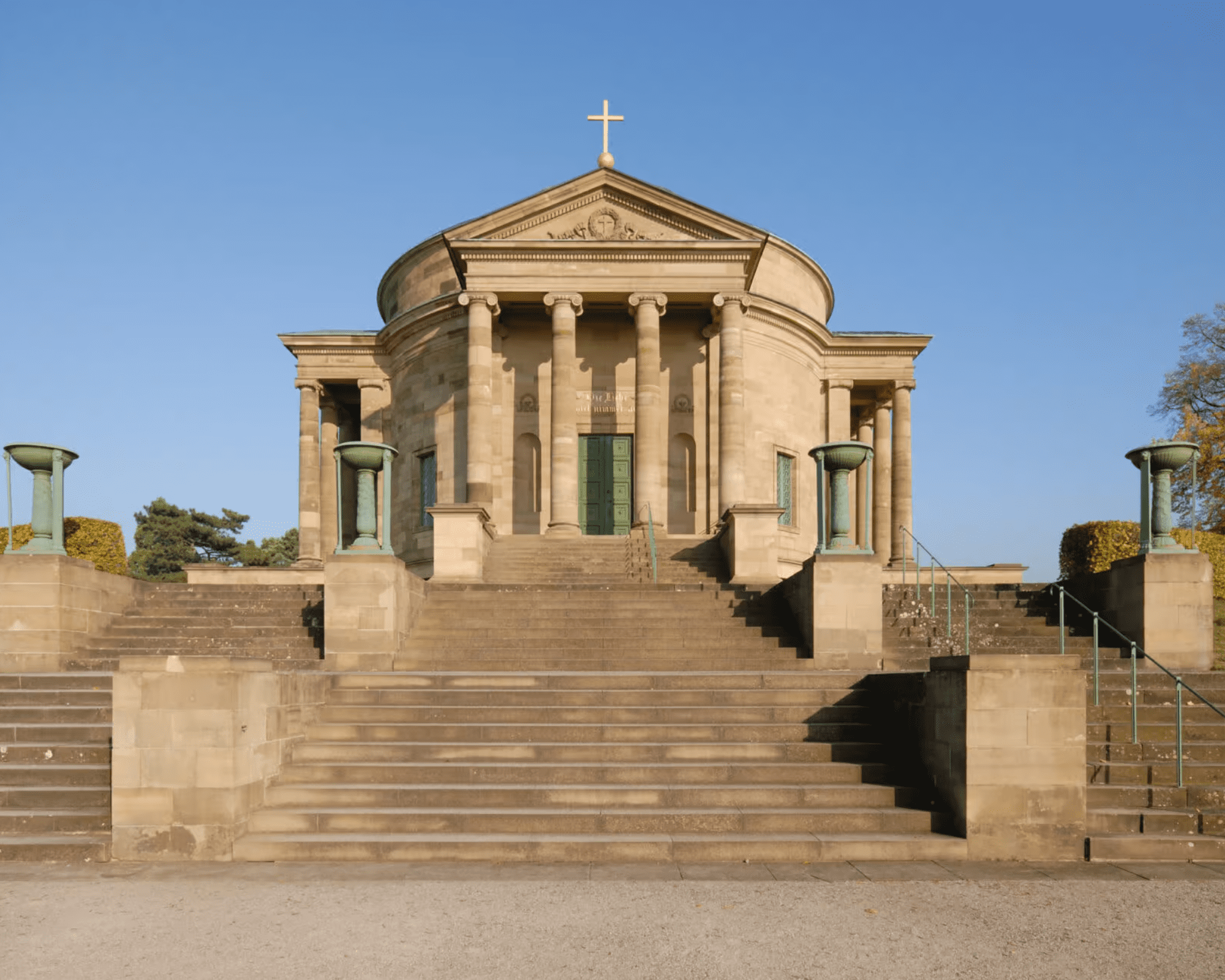
Source : Facebook
Ulmer Rathaus
The Ulm town hall, with its astronomical clock and murals on the exterior, is one of the city’s most remarkable architectural landmarks. Its intricate building history, which spans three centuries, started in the fourteenth century. Its current form is basically from the early Renaissance.The oldest portion of the Ulm town hall was a structure that was eventually destroyed and stood where the town hall’s current north wing now stands. It was known as the “Department Store” in 1362 and the “Gewandhaus” in 1357. Ulm traded mostly in materials, notably perch, during this period, in addition to iron and salt. Saddlers were granted permission to market their wares there in 1369 as well.
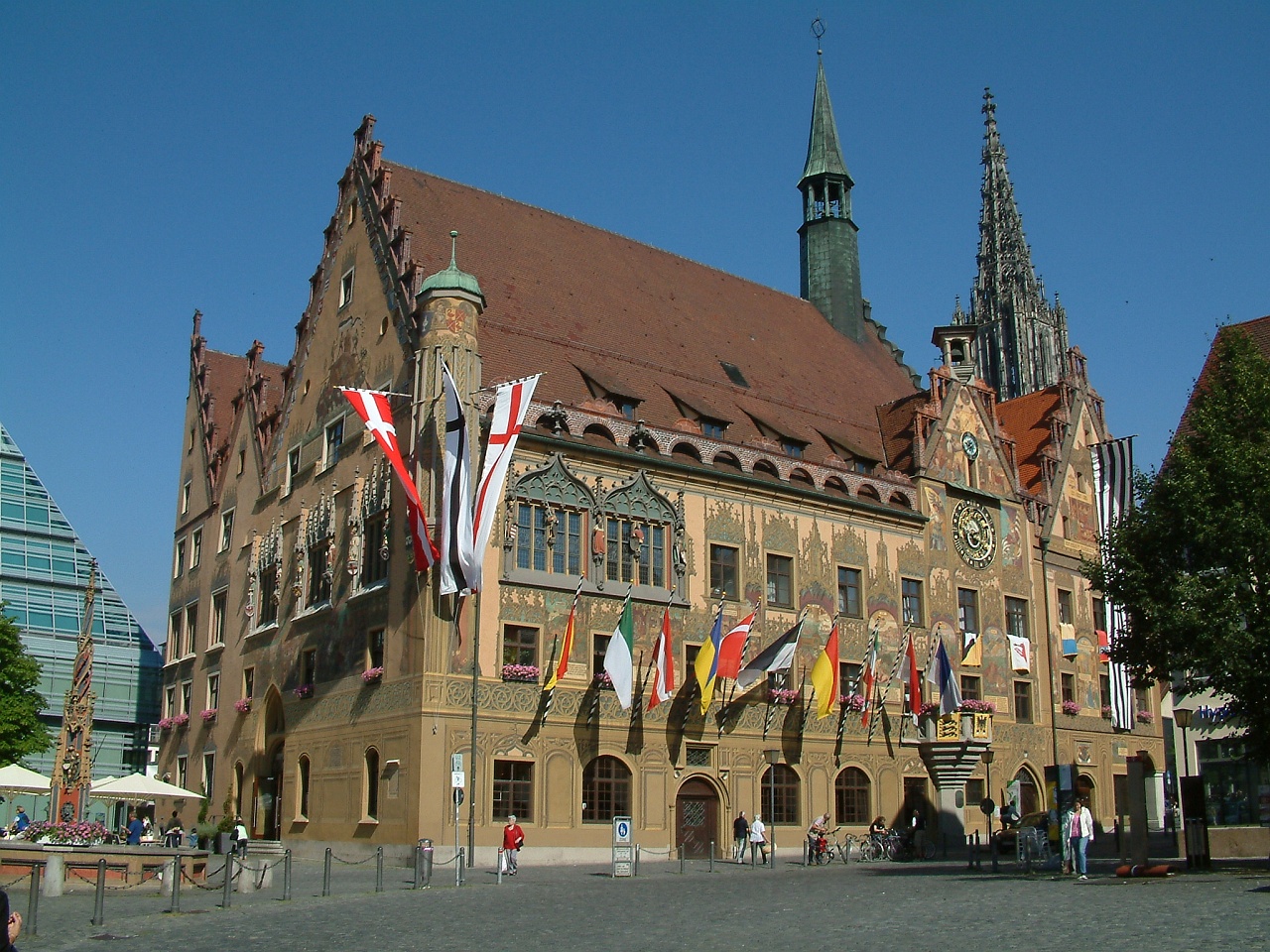
Source : Traveldreamdiary.com
Ulm city wall
On the Danube side of the city wall, iron rings are still there. They are proof that it was formerly situated right beside the river. A stroll along Ulm’s city wall is an absolute must for tourists. Its central area offers plenty of sights to view, including the bustling Danube meadow on bright days and lovely gardens on one side. The city is fortunate to have a meeting and relaxation playground that is well-located and draws in both young and old.Iron rings remain on the Danube side of the city wall. They provide as evidence that it was once located directly next to the river. For visitors, a trip along Ulm’s city wall is an absolute must. It’s There are many sites to see in the central region, such as the lively Danube meadow on sunny days and the gorgeous gardens on one side. The city enjoys the good fortune of having a meeting and leisure playground that appeals to people of all ages.
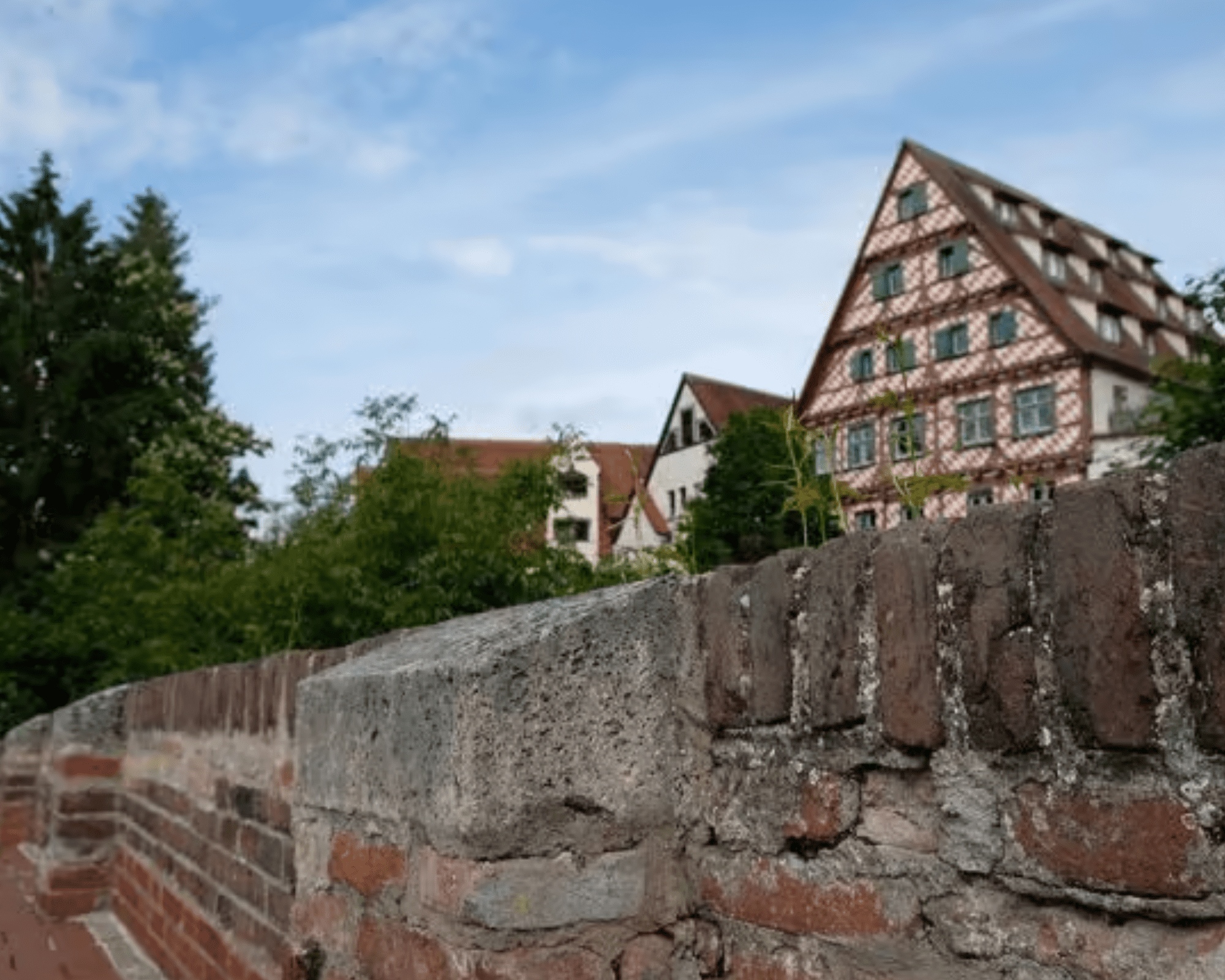
Source : Facebook
Wiblingen Abbey
The distance between Ulm’s center and the Benedictine abbey in Wiblingen is roughly 5 kilometers. The 11th-century premises were entirely rebuilt by the current monastery buildings, which were constructed between 1714 and 1781. The monastery church, the centerpiece of the property, is a chamber that was originally designed in the late baroque style and has undergone a fascinating process of reinterpretation in the sense of early classicism.
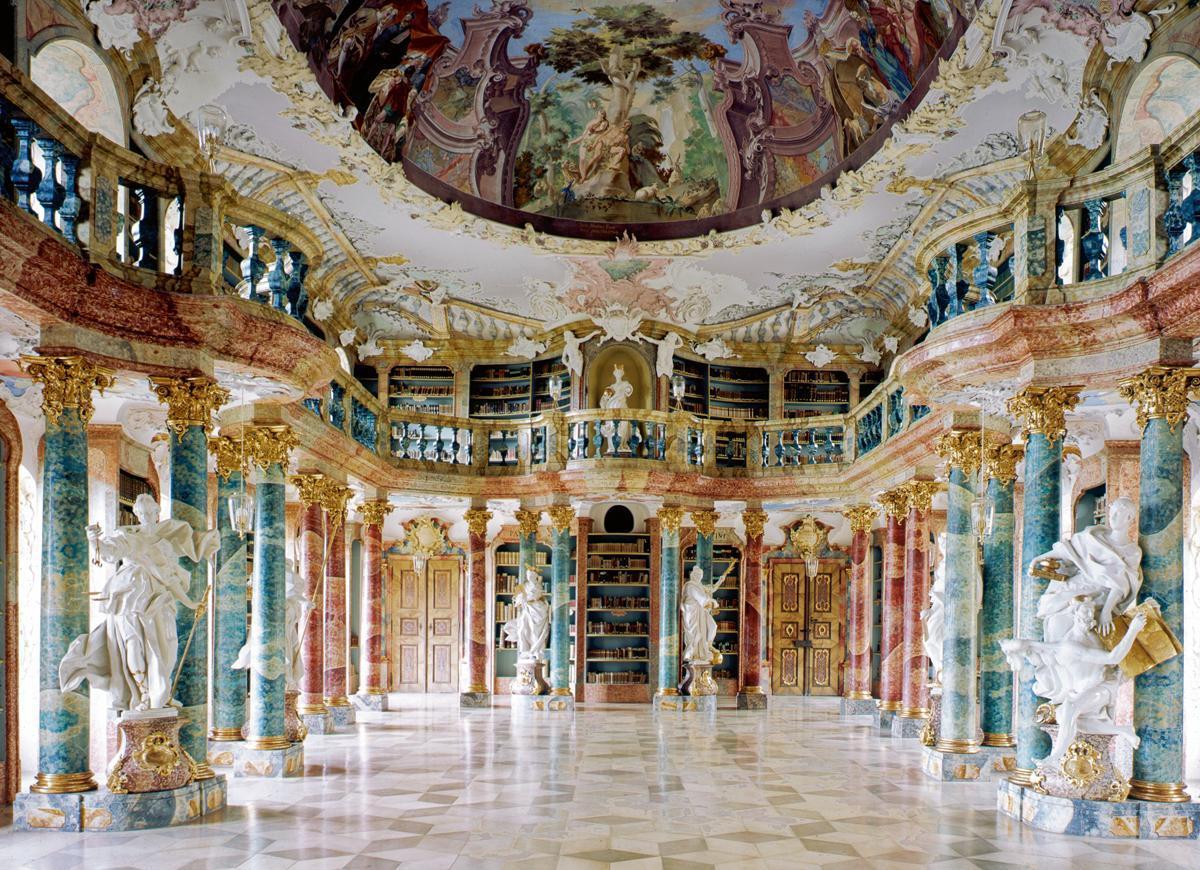
Source : Facebook
Ulm Minster
The Lutheran church known as Ulm Minster (German: Ulmer Münster) is situated in Ulm, in the German state of Baden-Württemberg. The world’s highest church is this one. The church’s 161.53-meter spire makes it the fifth-tallest building constructed before the 20th century. Because of its vastness, the church is frequently called Ulm Cathedral, but it is not a cathedral because it has never served as a bishop’s episcopal see. Even though the towers and other ornamental features are made of stone masonry and draw tourists’ attention, the majority of the walls, including the choir and nave façades, are made of visible brick. As a result, the structure is occasionally called a brick church.

Source : Facebook
Zoo Augsburg and Botanical garten
On June 12, 1937, the Augsburg Zoo was established as a park dedicated to German fauna. Exotic species were also added to the erstwhile “Augsburg Zoo” in the years following World War II. The Augsburg Zoo is currently the most popular cultural attraction in Swabia, with over 650,000 visitors annually. It is also among the top 20 animal parks and zoos in Germany.The Augsburg Botanical Garden was established in 1936 on 1.7 hectares of land, which has since expanded to approximately 10 hectares. There are around 3,100 different plant species and kinds in the botanical garden. A particularly appealing characteristic in the springtime are the over a million onion plants scattered across temporary beds and open places.
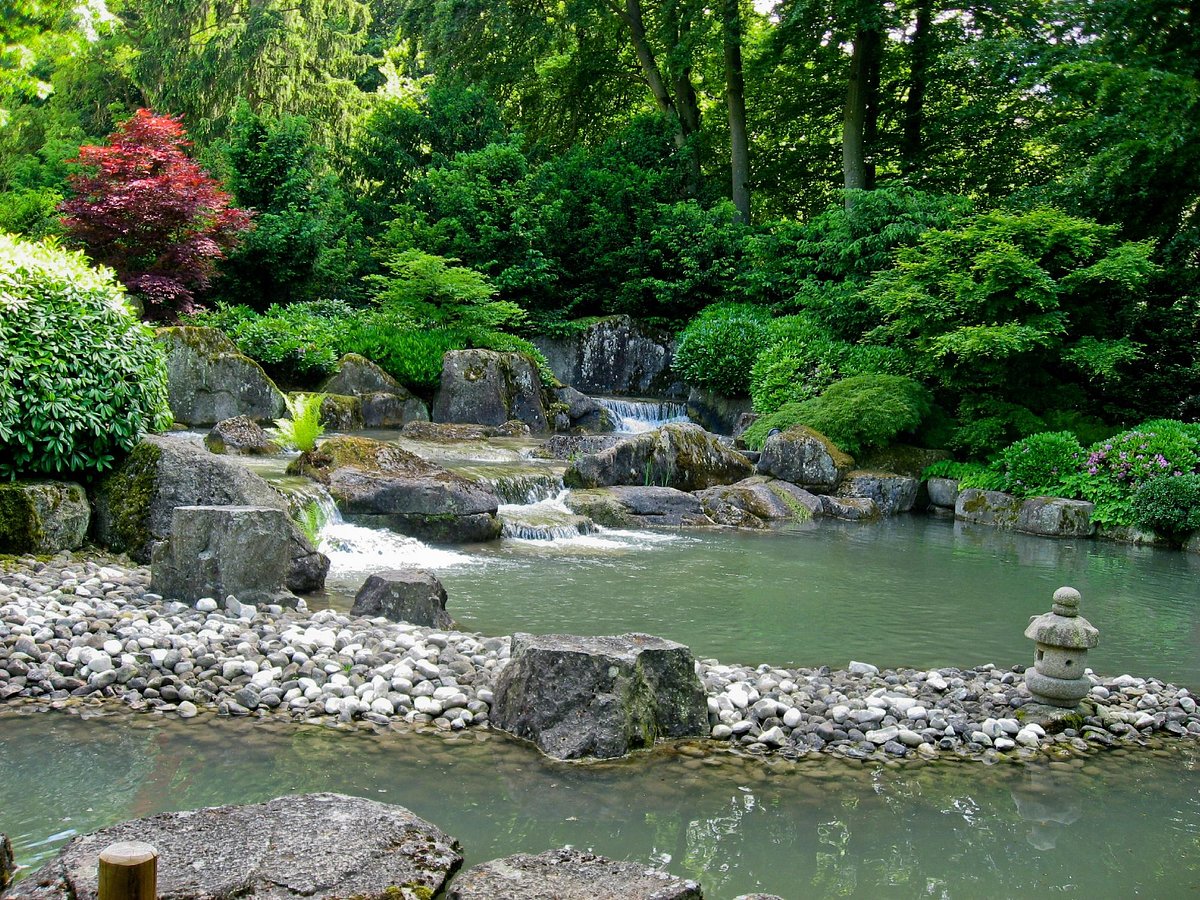
Source : Facebook
Fuggerei
The oldest surviving public housing complex in the world is the Fuggerei. It is a fortified community inside Augsburg, Bavaria. Named for the Fugger family, it was established in 1516 by Jakob Fugger the Younger (sometimes called “Jakob Fugger the Rich”) as a shelter for Augsburg’s impoverished residents. 52 homes had been constructed by 1523, and the neighborhood grew during the ensuing years to include a church, many streets, and several squares. In its own right, the Fuggerei resembled a small autonomous medieval town because the gates were sealed at night. It has the distinction of being the world’s oldest public housing project because it is still occupied today.
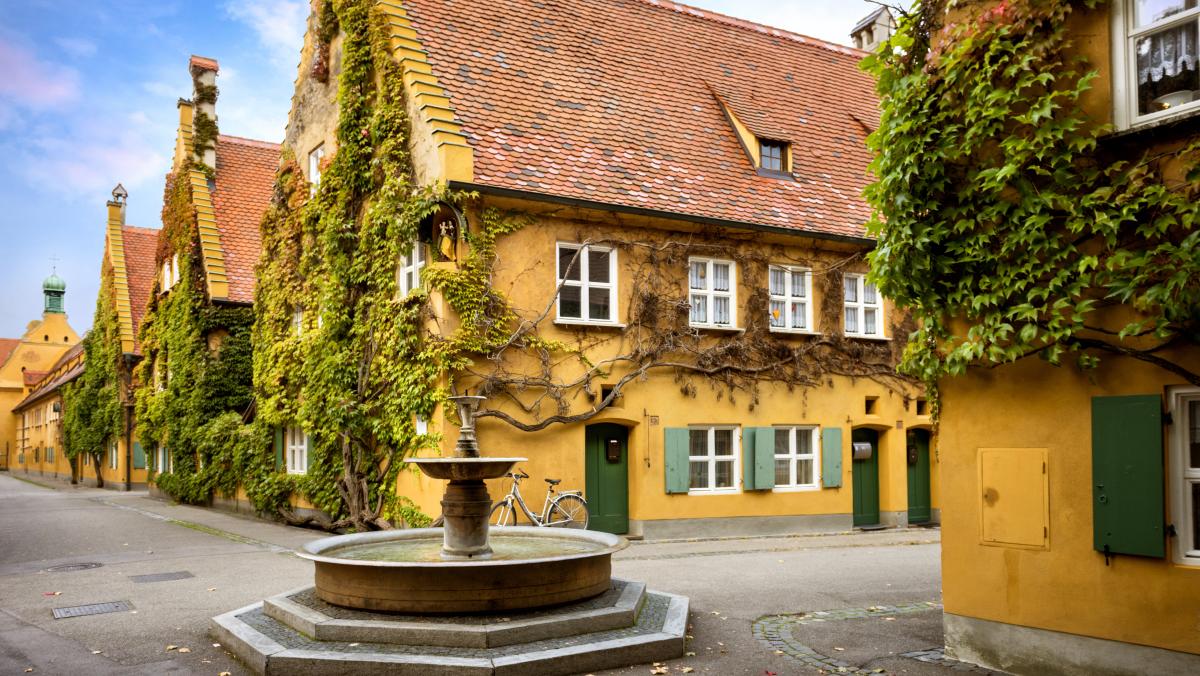
Source : Facebook
Schaezlerpalais
State and municipal art collections are housed in the Augsburg Schaezlerpalais. It used to be the city palace of banker Benedikt Adam Freiherr von Liebert, Edler von Liebenhofen, and is situated near the Hercules Fountain. The building facade facing Maximilianstrasse measures 19 meters, which is considerably less than the 107-meter home front that runs along Katharinengasse.As early as 1346, a building at this place was mentioned. Built in 1499, the new structure featured a loggia and bay window, ordered by Philipp Adler, the Imperial Councilor. This residence was also frequently used by the subsequent Emperor Maximilian I. Philippine Welser is the daughter of Adler’s daughter Anna and Franz Welser. The Welser, Rehlingen, Sulzer, and Stetten families in the area eventually inherited the home where she was born.
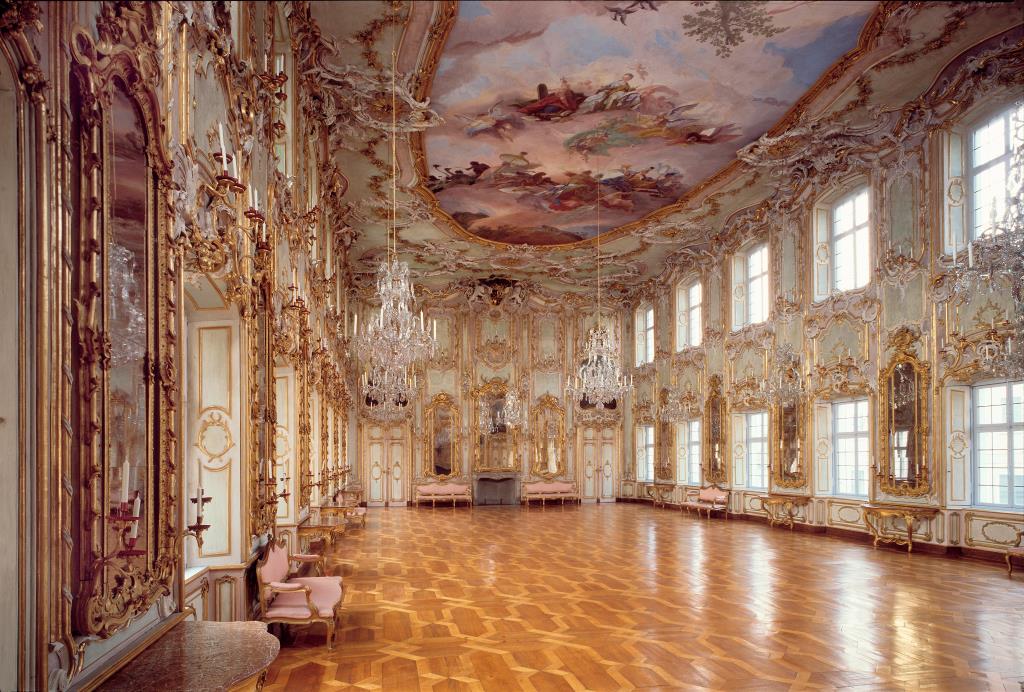
Source : Facebook
Basilica of SS. Ulrich and Afra
Afra was martyred in 304, and her Roman grave served as the foundation for the Catholic parish known as the Basilica of SS. Ulrich and Afra (German: Basilika SS. Ulrich and Afra) in Augsburg, Bavaria. The structure is a magnificent example of German Gothic architecture, and inside are three massive and extremely valuable Renaissance altars, each of which is regarded as a masterpiece of German sculpture from that era. Many of Bavaria’s baroque towers were built after its tall bell tower, which has a “onion” dome and overlooks the city to the south.The church, known as the Benedictine monastery of Saints Ulrich and Afra, was raised to the status of imperial abbey in 1577 (legally) and 1643–1644 (practically). An organ concert featuring Wolfgang Amadeus Mozart took place on October 18, 1777. Pope Pius VI said Mass in the church on May 4, 1782. After becoming secular in 1802, it came under the control of the State of Bavaria. The church was made a parish church in 1810. It was designated as a minor basilica by Pope Pius XI as of July 4, 1937. Pope John Paul II paid it a visit on May 4, 1987.
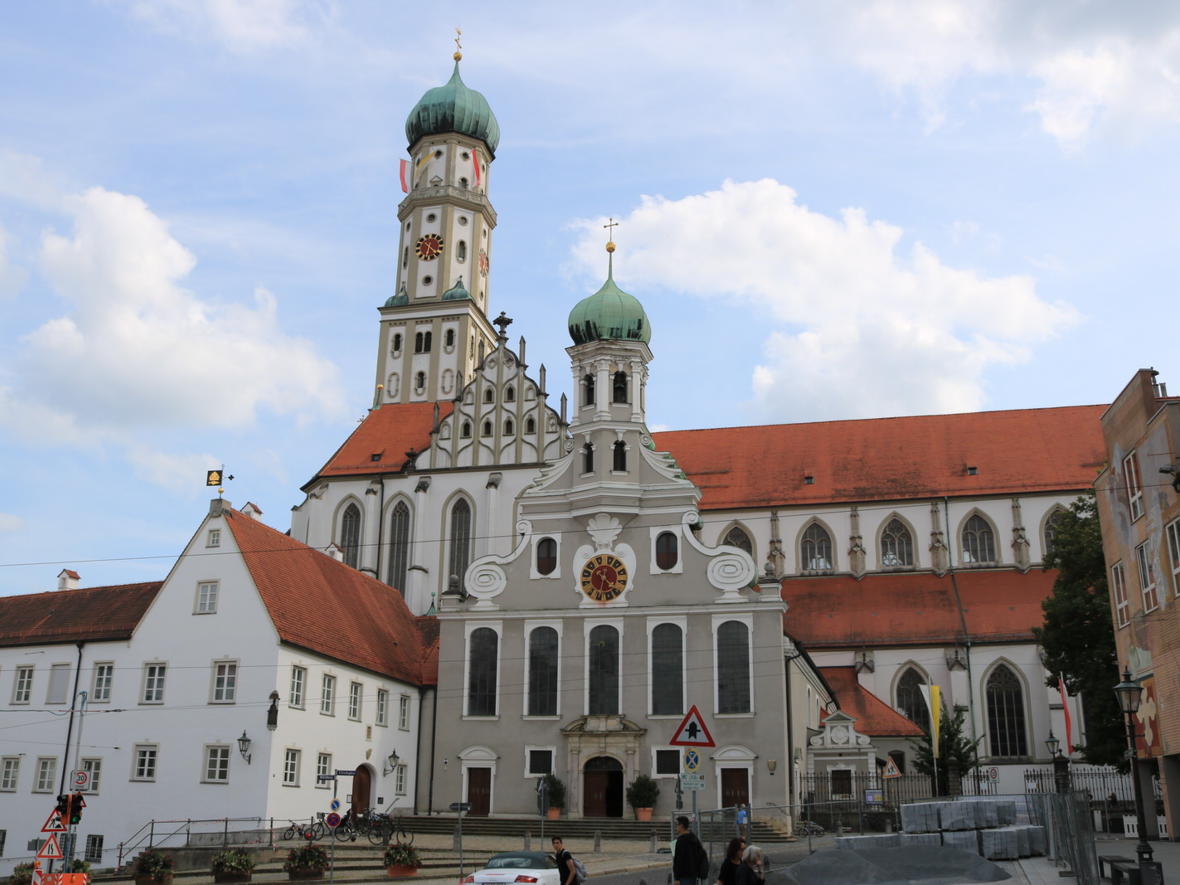
Source : Traveldreamdiary.com
Augsburg Town Hall
On the east side of the town hall square in Augsburg, the town hall was constructed between 1615 and 1624. Along with the Perlach Tower, the 57-meter-tall secular structure is regarded as one of the most significant examples of Renaissance architecture found in the region north of the Alps. It is covered by the Hague Convention for the Protection of Cultural Property in the Event of Armed Conflict because of its historical value.The first written reference of an Augsburg town hall (made of wood) dates back to 1260. Thirty years after the original edifice was destroyed by fire, the city fathers constructed a stone structure in 1385. The town hall had multiple expansions in the years 1449 and 1515/16. Jörg Breu the Elder designed the facade at that period, among other things.
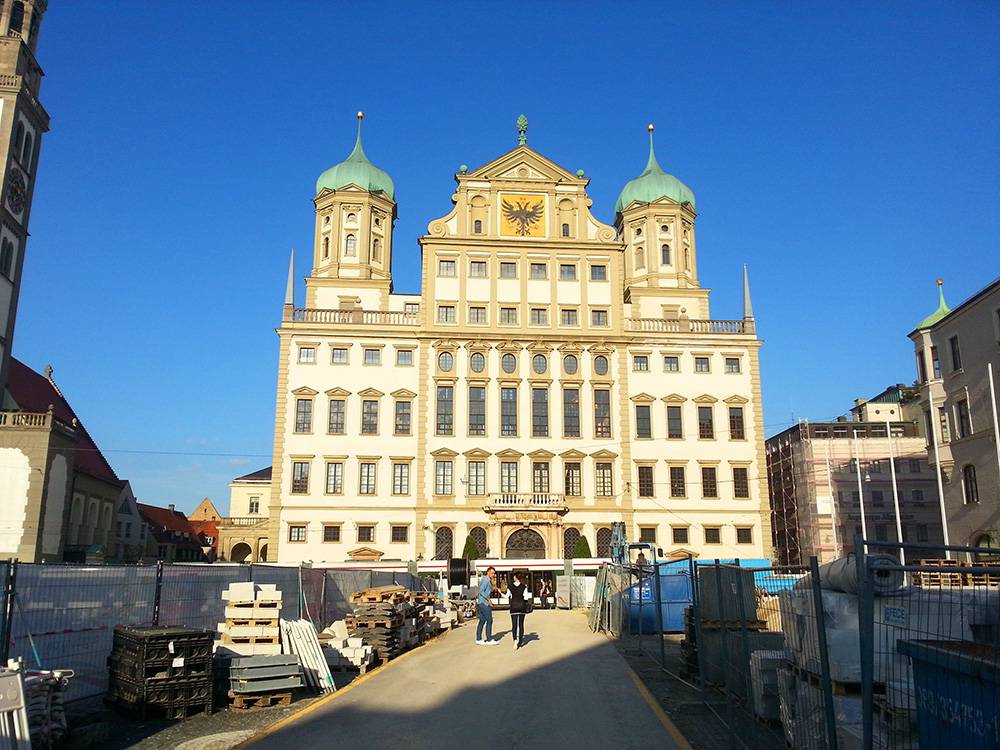
Source : Facebook
Augsburger Dom
Originally built in the Romanesque style in the eleventh century, the Cathedral of Augsburg (German: Dom Mariä Heimsuchung) is a Catholic cathedral located in Augsburg, Bavaria, Germany, with Gothic expansions made in the fourteenth century.It is one of the city’s primary attractions, along with the Basilica of St. Ulrich and Afra. Its towers are 62 meters high, and it is 113 by 40 meters. It is devoted to the Virgin Mary’s Visitation.Built in the 11th century in the Romanesque style with Gothic modifications in the 14th century, the Cathedral of Augsburg (German: Dom Mariä Heimsuchung) is a Catholic cathedral located in Augsburg, Bavaria, Germany. It is one of the city’s primary attractions, along with the Basilica of St. Ulrich and Afra. Its towers are 62 meters high, and it is 113 by 40 meters. It is devoted to the Virgin Mary’s Visitation.
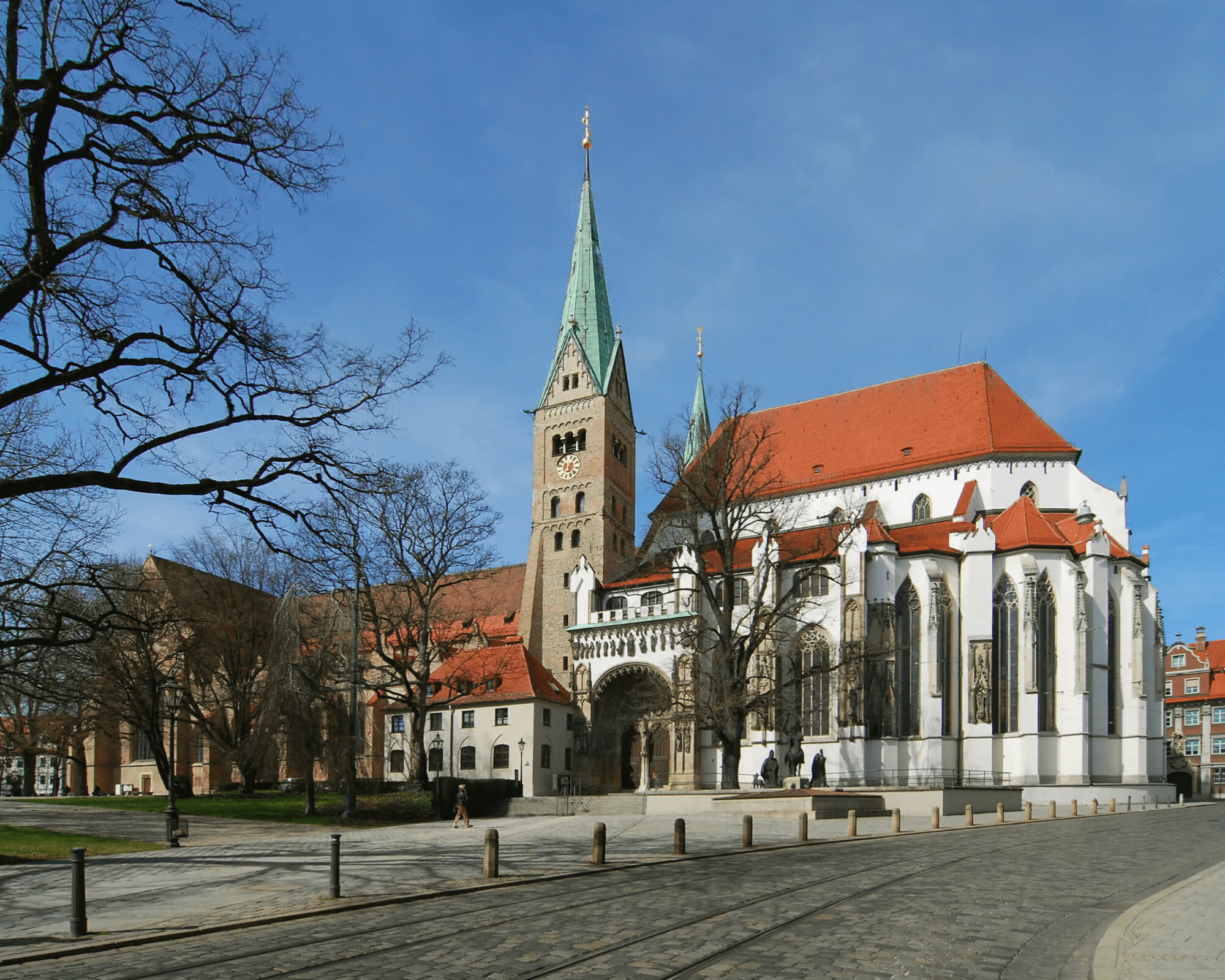
Source : Traveldreamdiary.com
Book your perfect vacation!
Vacations: We are happy that we have the opportunity to work with the most famous companies in the world, we always order our vacations from these companies and we have never been disappointed: Check 24, Trivago, Trafalgar, TravelUp, Insight Vacations, Explorer Fernreisen.
Where to stay
Hotels, bed & breakfasts, and guesthouses, regardless of location—in the center of town, close to a lake, or amid natural surroundings. We were able to identify the top companies providing the best hotels: Booking.com, Trip.com, TravelUp, esky, Hoteltopia, Millennium Hotels and Explorer Fernreisen.
Where to eat
Traditional Food and
Desserts to try in Germany
Wurst: In Germany, there are about 1,500 different types of sausage. These are made using a variety of ingredients and special spice combinations in a multitude of ways. Rouladen is a classic German dish made with thinly sliced cooked beef or veal wrapped in bacon, onions, mustard, and pickles. In particular, the south of the nation loves spätzle. Made from egg and wheat flour, these delicate egg noodles are frequently served with roasted onions and Käsespätzle cheese on top.

Photo Source : traveldreamdiary.com
The term “one pot,” or “eintopf,” describes the method of cooking rather than the ingredients. Nevertheless, the majority of dishes call for the same fundamental components, which include fish, poultry, cattle, or pig together with vegetables, potatoes, or legumes. Known as “sour” or “pickled” roast, sauerbraten is a national dish of the nation. A variety of meats can be used to prepare a pot roast. The meat is marinated for up to ten days in a mixture of wine, vinegar, spices, and herbs. Kartoffelpuffer are thin, pan-fried pancakes made with flour, egg, onion, and spice combined with shredded or ground potatoes.
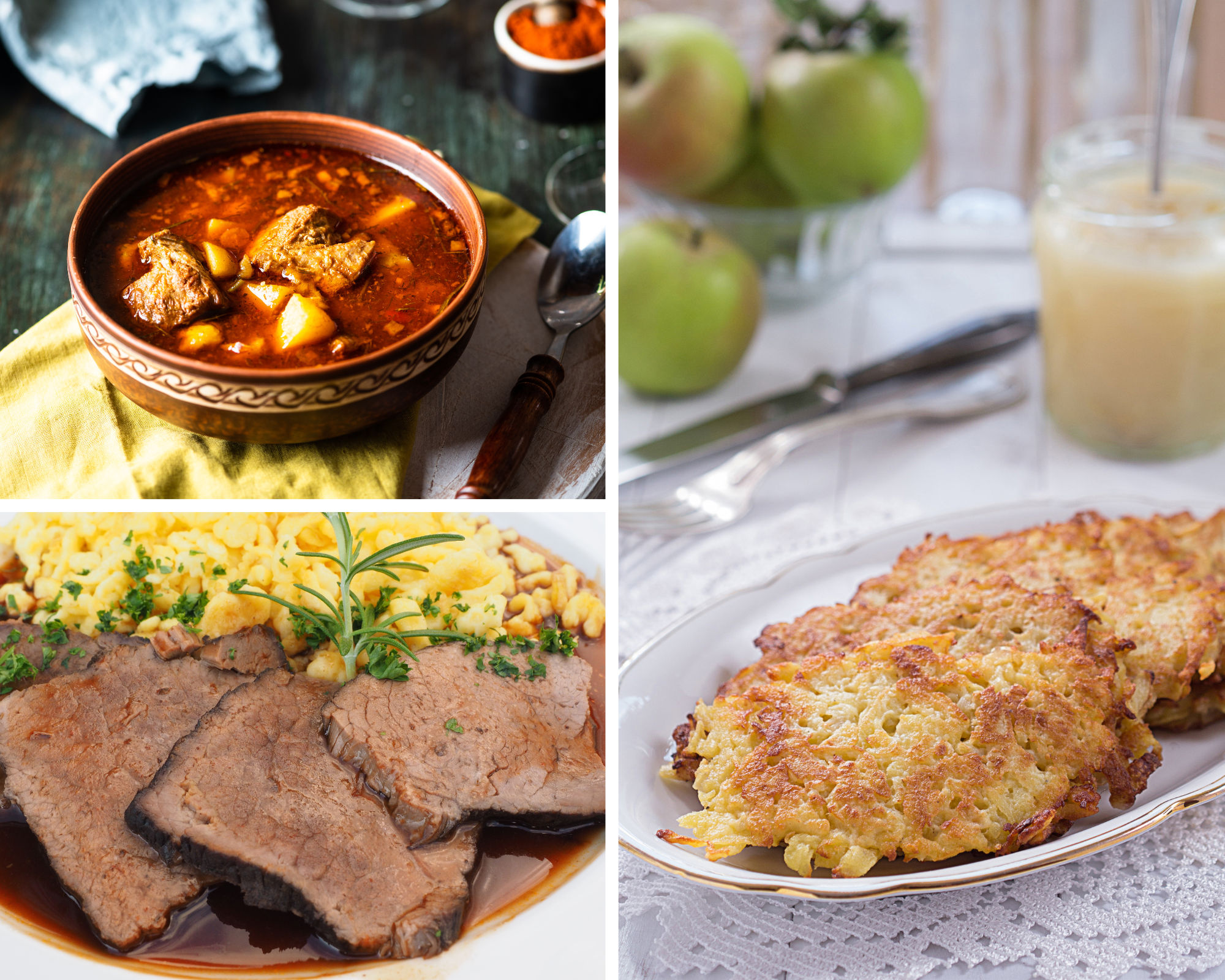
Photo Source : traveldreamdiary.com
Potato dumplings are known in German as “kartofflelknödel.” The dumplings’ foundation is made of potatoes, but you can customize it with any spices and croutons you desire. Maultaschen are little dough sheets stuffed with different fillings. While some individuals enjoy adding smoked meats, such as sausages, others prefer ground beef. Herbs and onions can also be added to your dumplings. Naturally, all foodies and travelers have heard of these delicacies, but these are unique to Germany and must be sampled while visiting: pretzels, pork schnitzel, potato salad, fried potatoes, and currywurst.
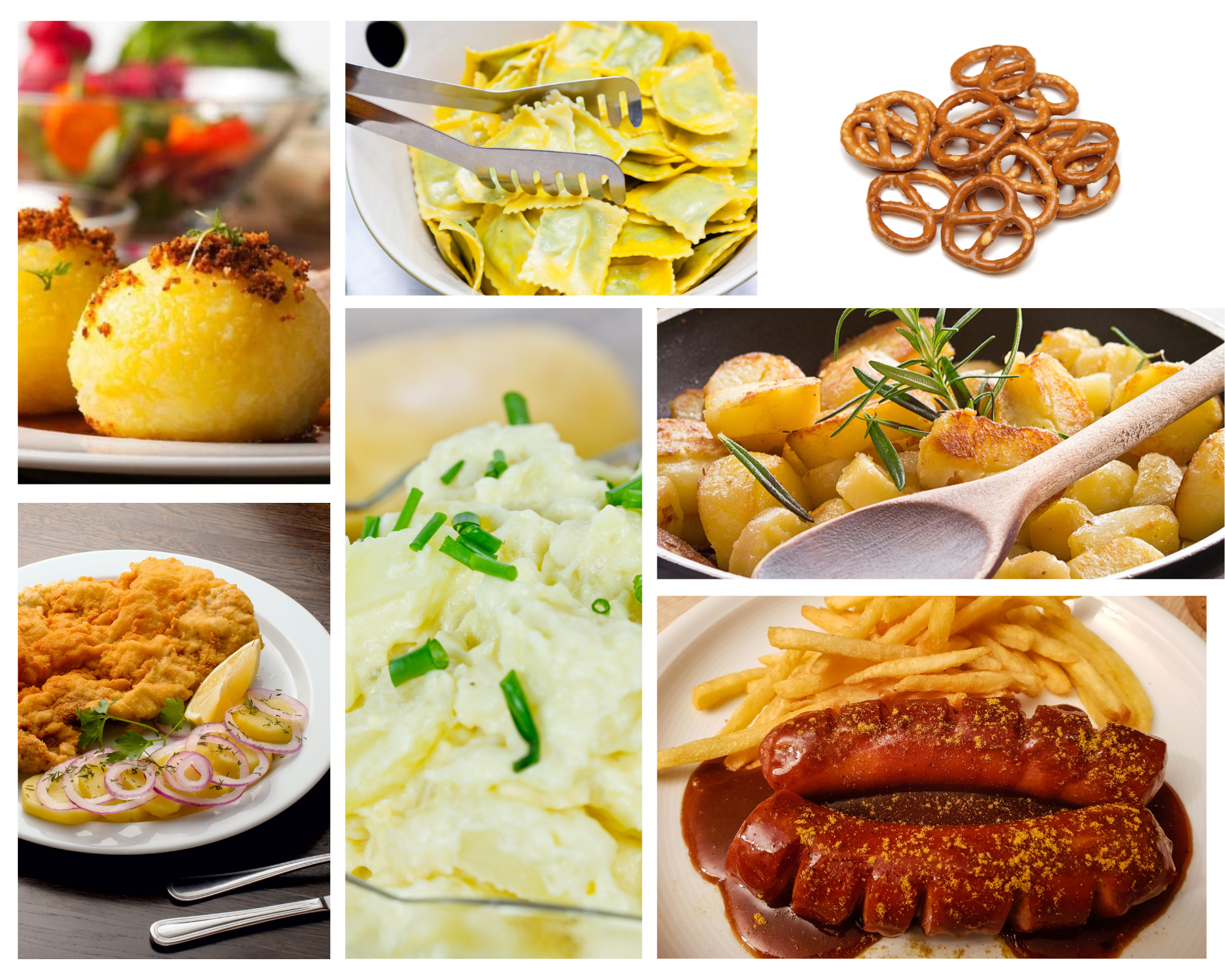
Photo Source : traveldreamdiary.com
Black Forest cherry torte: For an opulent finish, layers of rich chocolate cake, maraschino cherries, and whipped cream alternate, and are topped with additional cream. One of Austria’s national desserts is apple strudel, which has also been included into German regional cuisine. This well-known delicacy is made of buttery pastry stuffed with raisins, sugar, and cinnamon-flavored apples. A traditional Christmas dish in Germany is stollen. It is especially popular in Dresden and dates back to the 16th century. A flatbread topped with candied and dried fruits. You can also sprinkle powdered sugar on top of the bread after adding chopped or whole nuts.

Photo Source : traveldreamdiary.com
Restaurants
The 5 is a bar and star restaurant combined, with amazing culinary creations on the upper floor and exciting cocktails on the first floor. Chef Alexander Dinter blends elements from throughout the world. You’ve associated enjoyment with the Weinsteige for as long as you can remember. Another notable increase has occurred once the à la carte activities were discontinued.
NEW JOSCH: The formerly popular eatery was shuttered for around four years. The restaurant was recently reopened and is currently being offered by the financially sound investor who also owns the establishment. DÉLICE: Owner Andreas Hettinger, a renowned chef, recently assumed control of the restaurant. The idea behind the two-man show hasn’t altered: Sommelier Hettinger prepares by himself.

Photo Source : OanaAlexandra on canva.com
SPEISEMEISTEREI Stefan Gschwendtner, chief chef at Genussmeisterei since 2016, is all about simplifying things to the bare minimum. As a result, the flavor has an unmatched depth. WIELANDSHÖHE: A culinary cult destination situated in an open vineyard. Chef Jörg Neth follows his patron Vincent Klink’s culinary legacy of classic, regional food, which he now oversees with his daughter Eva.
The upscale restaurant CHRISTOPHORUS is located on the Porsche Museum’s top floor. Steak-focused Mediterranean-international cuisine is served with a view of Porscheplatz. CUBE-This elegant address, located directly on Schlossplatz on the top floor of the art museum, provides one of the most breathtaking views of the city. Offering both lunch and dinner menus, the cuisine is adventurous.
Saving Tips
SELECT YOUR AIRPORT SMARTLY: If you’re traveling from North America, you probably have access to the finest airline offers into Frankfurt, which is home to the biggest international airport in Germany. Frankfurt, however, is over four hours distant from Munich and five hours away from Berlin.Given the high cost of gas and rail tickets, it can be worthwhile to spend a little bit more to fly closer to your destination.CHECK OUT A CHEAP AIRLINE: Think about low-cost carriers like Norwegian Airlines that provide flights from the US to Germany. Obtain a city tourism card; these are available in the majority of Germany’s largest cities. These include usually limitless public transit, meal discounts, and free admission to major museums and sites. These cards can help you save money if you intend to attend a lot of movies.
Invest in day passes for public transit if you plan to use it frequently while visiting a city. The cost of individual rides mounts up rapidly. SEASON” SAVINGS: Try to travel to Germany in June or September if at all possible. These are the best months to locate deals because the weather is still often extremely pleasant. Plan ahead: Although German trains are pricey, if you purchase your tickets at least a week in advance, you can obtain a saver ticket that will save you between 40 and 50 percent of the regular fee.
You can use the free Wi-fi and get online for free. In Germany, there’s free Wi-Fi in a lot of cafés, famous brands like McDonald’s and Starbucks, as well as in a lot of municipal buildings, libraries, parks, and museums.Keep an eye out for free museum days. In Germany, most museums have free admission on specific days or evenings. REMEMBER SCHOOL HOLIDAYS: There are five important school vacations in Germany for public schools: winter, spring break, summer, autumn, and Christmas.Embrace Big Bus or Hop-Off bus trips
Book your tours!
Tours: If you do not go by car and need to know more information about the tours, and things to see, we recommend these companies that are offering tours for any kind of activity you want to do and where you can buy trips much cheaper than if you buy them when you arrive at your destination. It is always good to be able to save some money!
Viator, Get Your Guide, Tiqets, City Sightseeing, Sesame, Sightseeing Pass, Contiki, Riviera Travel, CityPass: the best activities in town!
Shopping
Metzingen Outlet City – Shoppers in Stuttgart and the surrounding area have the opportunity to “shop until they drop”; at Metzingen, the hometown of Hugo Boss, for instance, one may get premium goods at reasonable costs. Over the years, this once-simple factory outlet in Metzingen has grown into a true shopping destination, with a variety of stores offering year-round discounts on designer clothing and accessories from global companies. Presently, Metzingen stands as one of Europe’s premier shopping locations, drawing budget-conscious label buyers from throughout the globe. Over three and a half million visitors from over 185 countries visit Outletcity annually. Several times a day, a shopping bus leaves Stuttgart and travels straight to Metzingen, where customers can shop.

Photo Source : OanaAlexandra on canva.com
The Stuttgart city center has a wide range of goods. Not only is there fashion here to suit every taste, but you can also discover anything you could possibly want in terms of beautiful, sophisticated, and well-chosen goods. Königsstrasse is the longest pedestrian zone in Europe, spanning 1.2 kilometers. However, there are specialist shops, department stores, multinational chains, cafés, and restaurants throughout Stuttgart’s whole city center, which is home to the city’s busiest shopping avenue. Other lovely shopping avenues like Eberhandstrasse, Stiftstrasse, or the regal Carlwerstrasse with its classy stores and boutiques can be found to the right and left of Königsstrasse.
Königstrasse, the longest pedestrian street in Europe, is the ideal location if you want to spend a day shopping without going through malls. Both locals and tourists to Stuttgart enjoy visiting the Swabian shopping mile. It passes Schlossplatz and the new castle on its way from the main train station to Rotebuhlplatz, where it ends. Along the way are numerous stores, boutiques, and retail malls. You can find anything you could possibly want on Königstrasse and the nearby streets.
Getting Around
In Germany, there’s no shortage of ways to get around the car. Traveling throughout the nation by train requires purchasing a ticket from Deutsche Bahn, as the railway network has been essentially nationalized. The states of Germany oversee the operation of ferries, suburban trains, metro networks, buses, and trams on a local level. Germany’s public transport networks are effective, safe, and reasonably user-friendly. Consequently, the image of Germany as a country of car enthusiasts is beginning to fade in several German cities. On a typical day in Germany, thirty million people travel by public transit throughout the nation. In Germany, there’s no shortage of ways to get around the car. Traveling throughout the nation by train requires purchasing a ticket from Deutsche Bahn, as the railway network has been essentially nationalized.The states of Germany oversee the operation of ferries, suburban trains, metro networks, buses, and trams on a local level.
German public transportation options include: As its name implies, the fastest public transit is the S-bahn (city rapid train). The metro’s German equivalent is called U-Bahn. Tram: These vehicles make several stops in city centers while operating on rails alongside conventional roadways. In many German towns and cities, buses constitute the lifeblood, connecting outlying locations and continuing long into the night when other modes of transportation cease to operate (though in larger cities, S-Bahn and U-bahn trains usually run continuously throughout the weekend). Regional trains come in two varieties: the slower, more stop-intensive RB (Regionalbahn) and the faster, less stop-intensive RE (Regionalexpress).
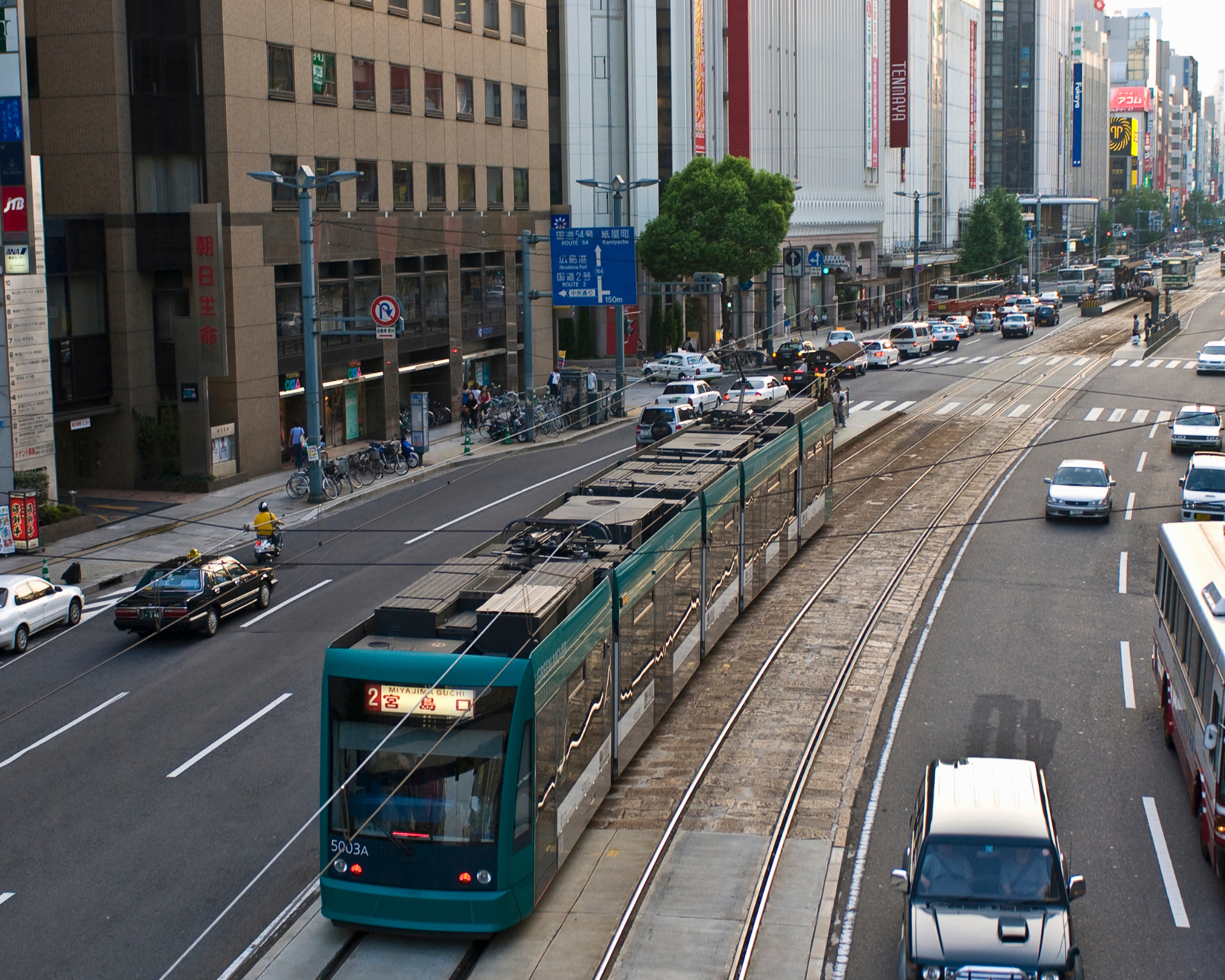
Photo Source : OanaAlexandra on canva.com
Week tickets, or Wegenkarte, are good for one week inside the designated zones.Longer-validity tickets (such as a month pass) are also available, however they often need to be bought from a ticket office official. Tickets for group days (Gruppentageskarte) Although tickets in Germany are normally expensive, if you are traveling in a party of three or more, the group day ticket actually provides excellent value for your money. They allow unrestricted travel within designated zones for a day or 24 hours, and are often good for parties of up to five persons. Your ticket will be printed with the phrase “Bitte entwerten” (please validate) if you are asked to do so. Place your ticket in the designated slot to verify it.One of the Entwerter validator machines, which are often located on the station platform or close to the ticket machines.
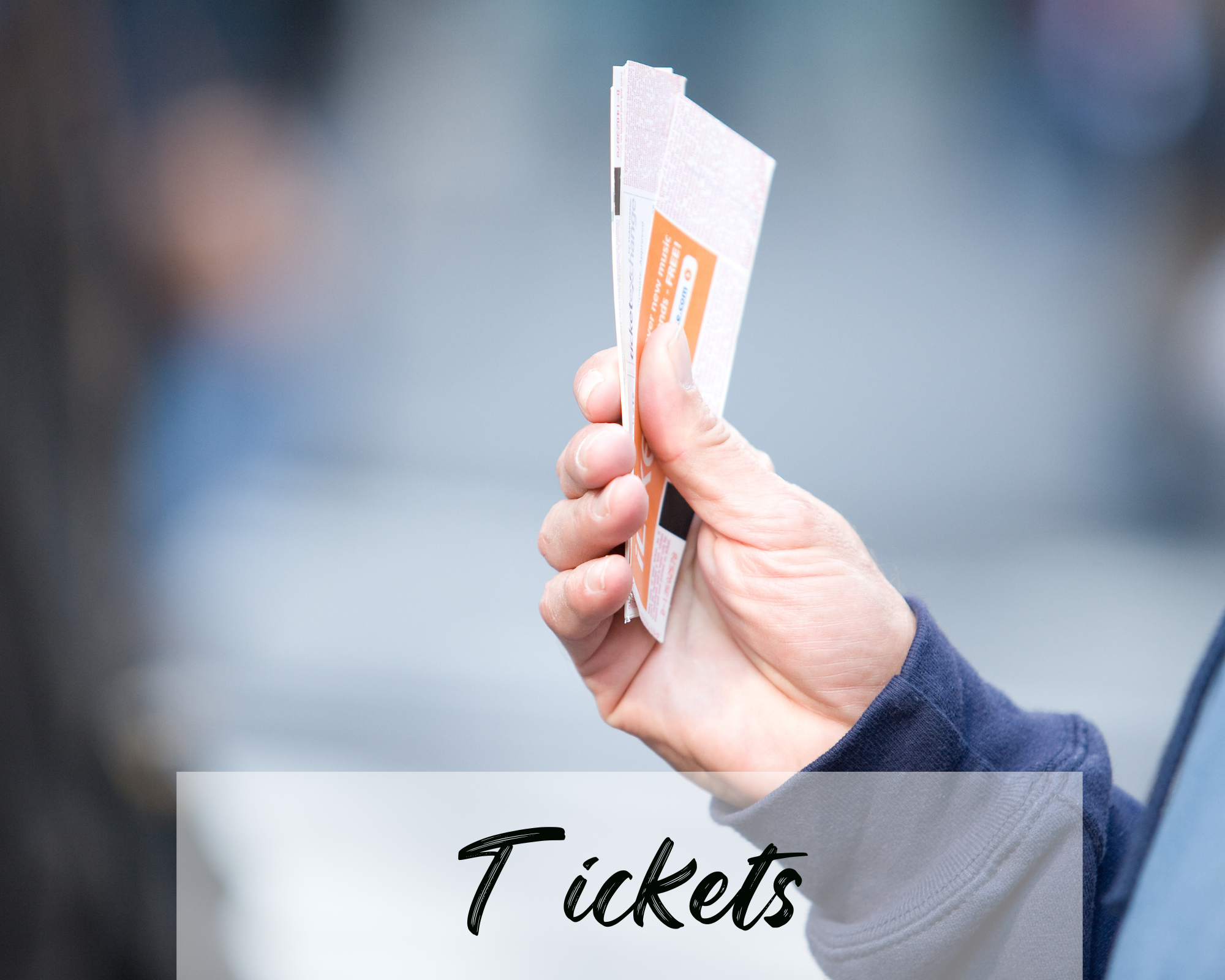
Photo Source : OanaAlexandra on canva.com
In Germany, major urban centers are connected by three different types of train services:Intercity-Express (ICE) trains are fast trains with a top speed of 320 km/h. ICE trains feature a dining car and first-class seating. Trains that are express and intercity (IC). First-class carriages and some form of catering are standard on IC trains. Intercity trains that make scheduled stops outside of Germany are called EuroCity (EC). Nevertheless, not every Intercity train that leaves Germany is an EC train. International railroads Germany, which has nine neighboring countries, is located in the center of Europe. Consequently, German rail stations provide a large number of direct international trains. Several international lines are served by Deutsche Bahn’s high-speed service, the ICE, from nations like Austria, Belgium, France, the Netherlands, Switzerland, the Czech Republic, Denmark, Italy, and Poland.
Book your transport!
Rent a car!
Here you can find the best offers to rent the right car for you, as well as parking right in the airport: esky, Explorer, Centauro and intui.travel.
Getting here
Germany has 36 international airports in total, ranging in size from tiny airfields with a few routes and airlines to massive hubs like Frankfurt and Munich that handle tens of millions of people annually. There are sixteen international airports in all, twelve of which are regarded as major airports, handling more than fifty thousand travelers each. Frankfurt Airport, which handles over 500,000 aircraft operations and 70 million passengers annually, is the biggest in the nation. The primary segments of the airline industry are passenger, freight, charter, and ambulance services. Since its complete privatization in 1997, the formerly state-owned Lufthansa is by far the biggest airline in Germany.
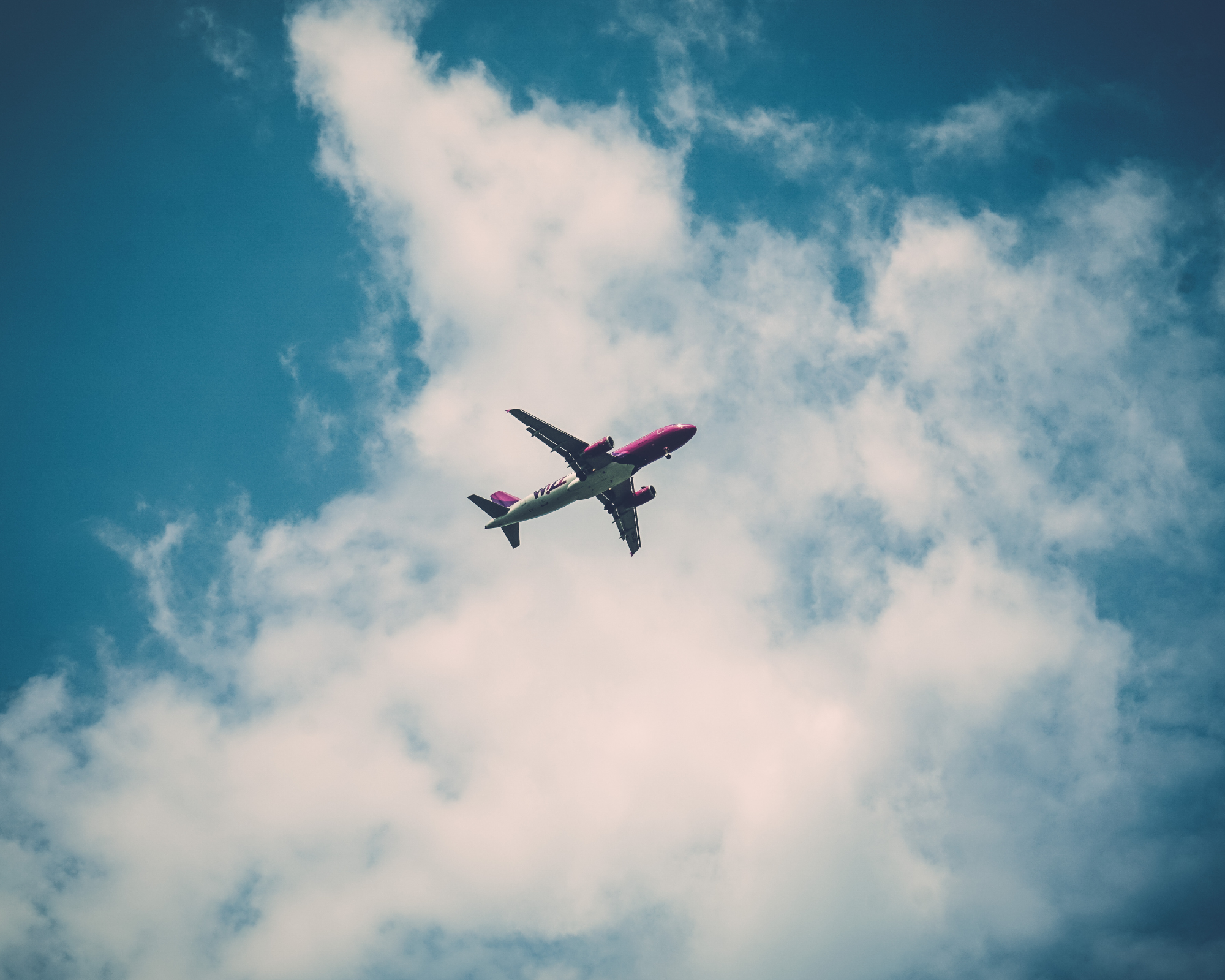
Photo Source : OanaAlexandra on canva.com
Germany’s busiest airport is located in Frankfurt. Düsseldorf Airport is in third place with 24,28 million passengers, while Munich Airport is the second busiest with 46,3 million passengers in 2018.
The majority of the major airlines in your nation can transport you to Germany, as can Lufthansa, which has flights from/to 224 locations. Flights from Latin America, Central and North America, Africa, and Asia are available on Lufthansa.We collaborate with two businesses that are offering fantastic deals on bus and train tickets. Therefore, if you would rather go to Germany by bus or rail, you can find the ideal route here:
Book tour Flights!
If you have not found your desired flight, or you simply want more flight options to find the best and cheapest, we will help you with the best flight plans, where you will definitely find what you are looking for. With just one click you will find the cheapest flights to a wonderful destination!
